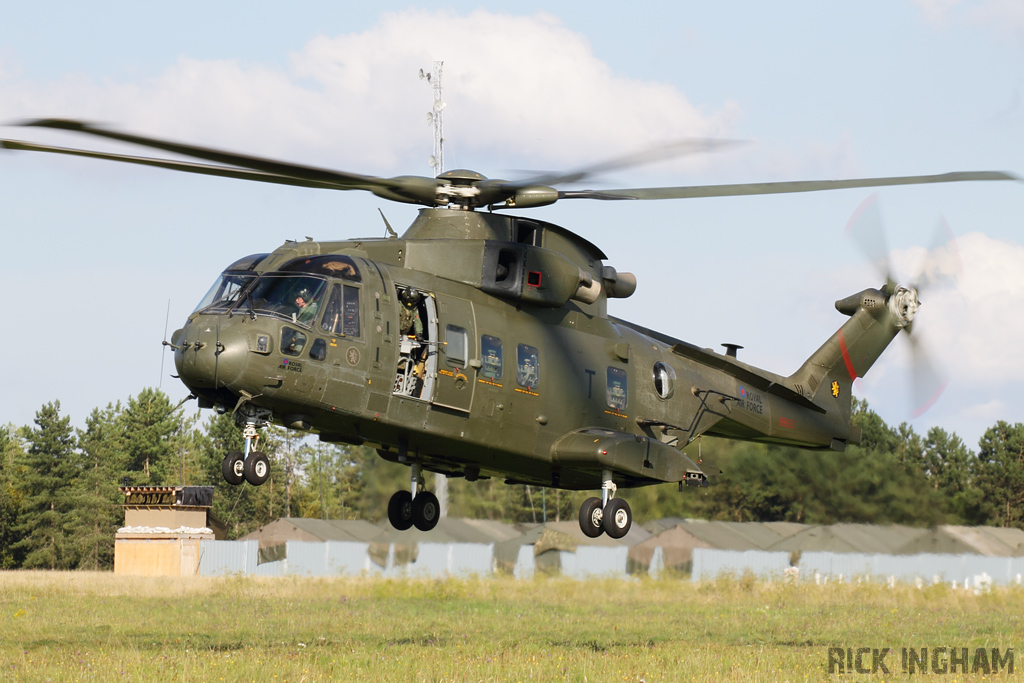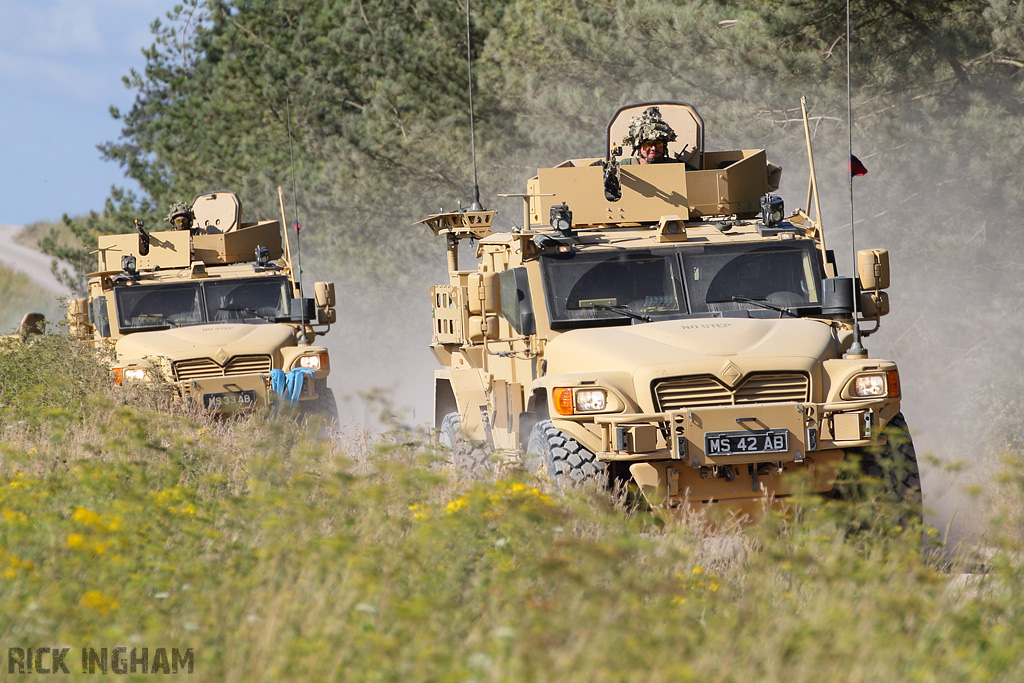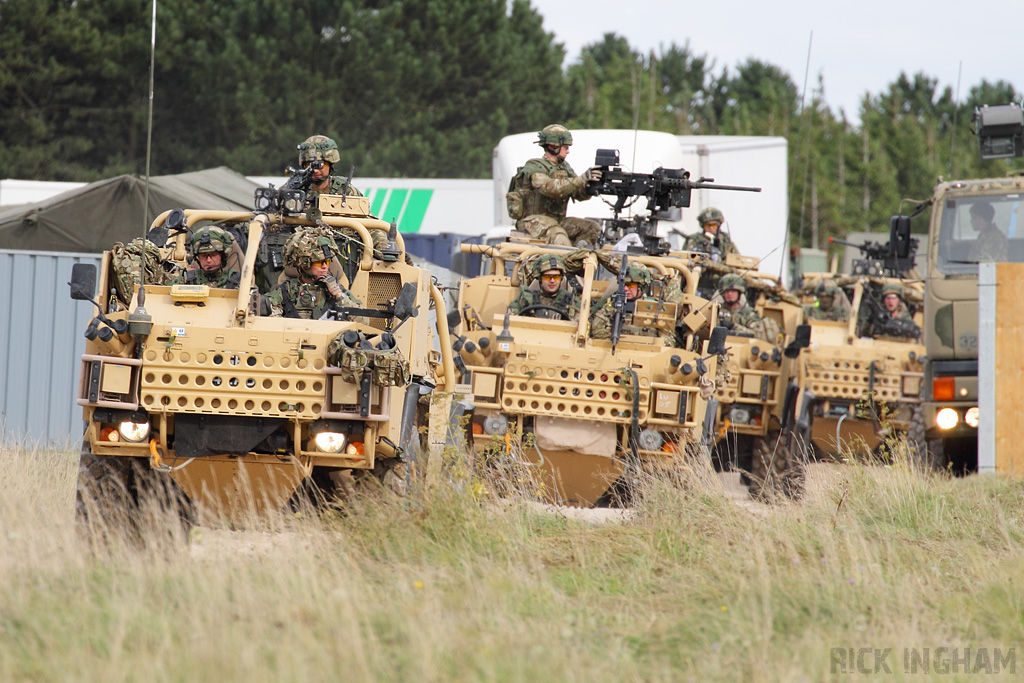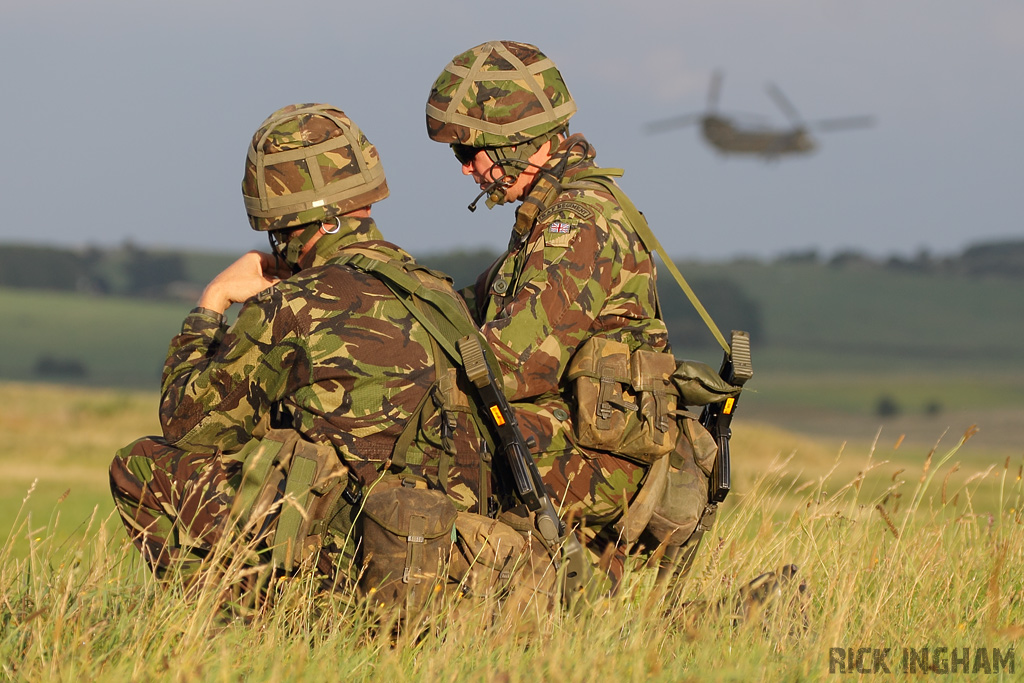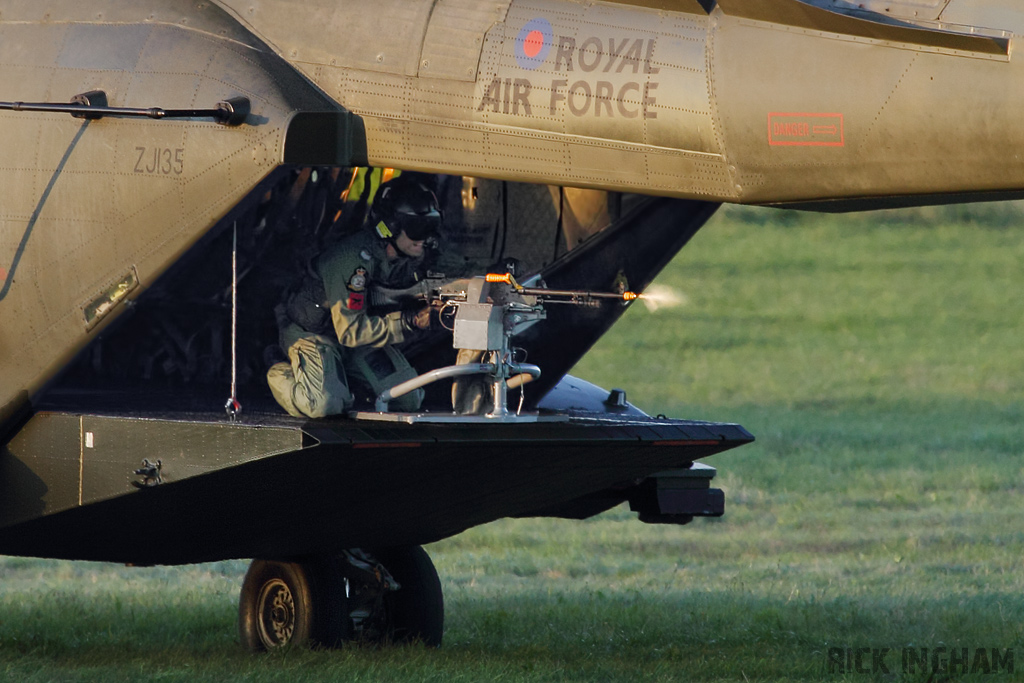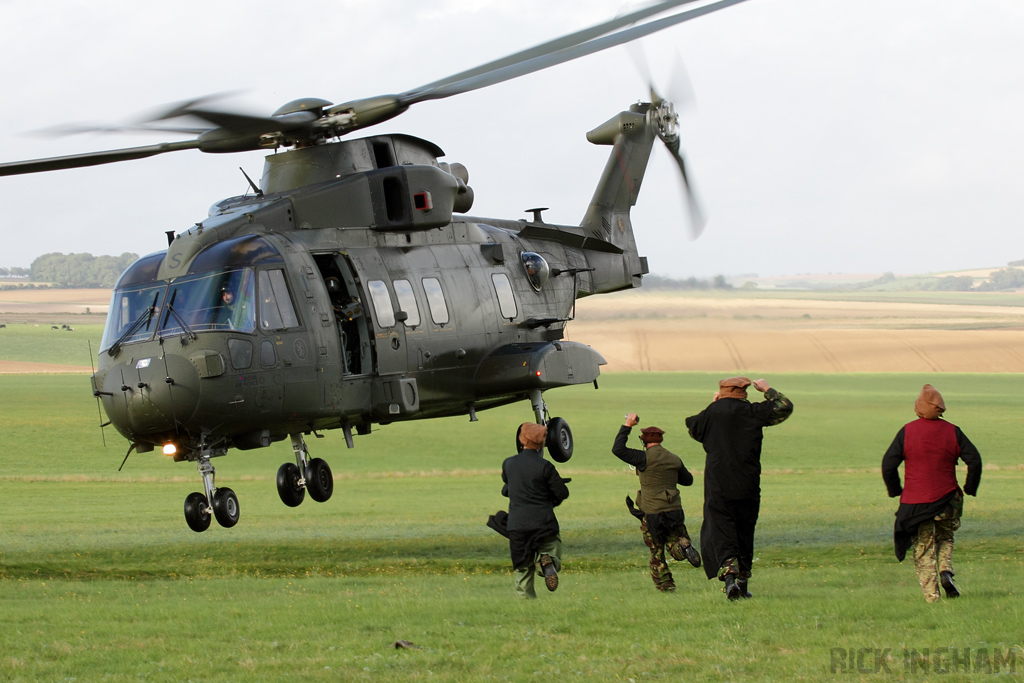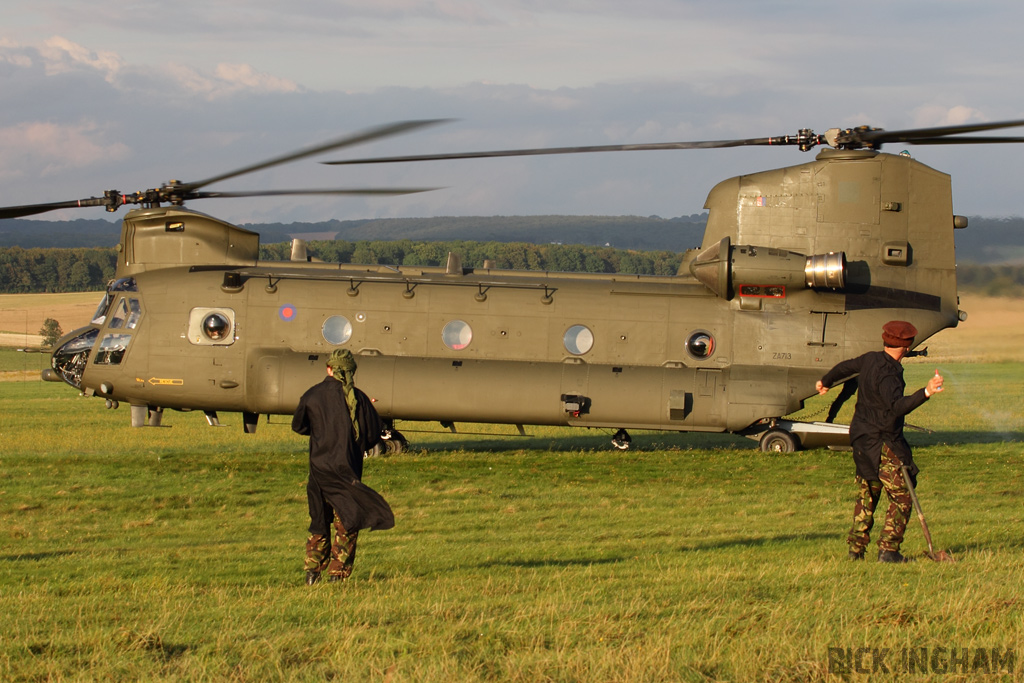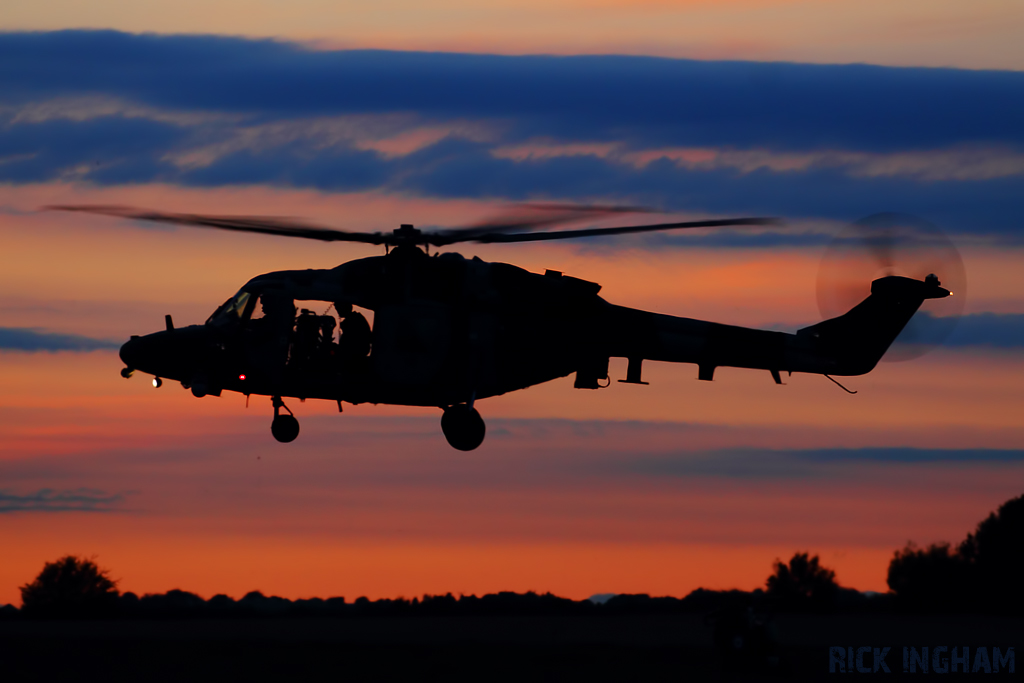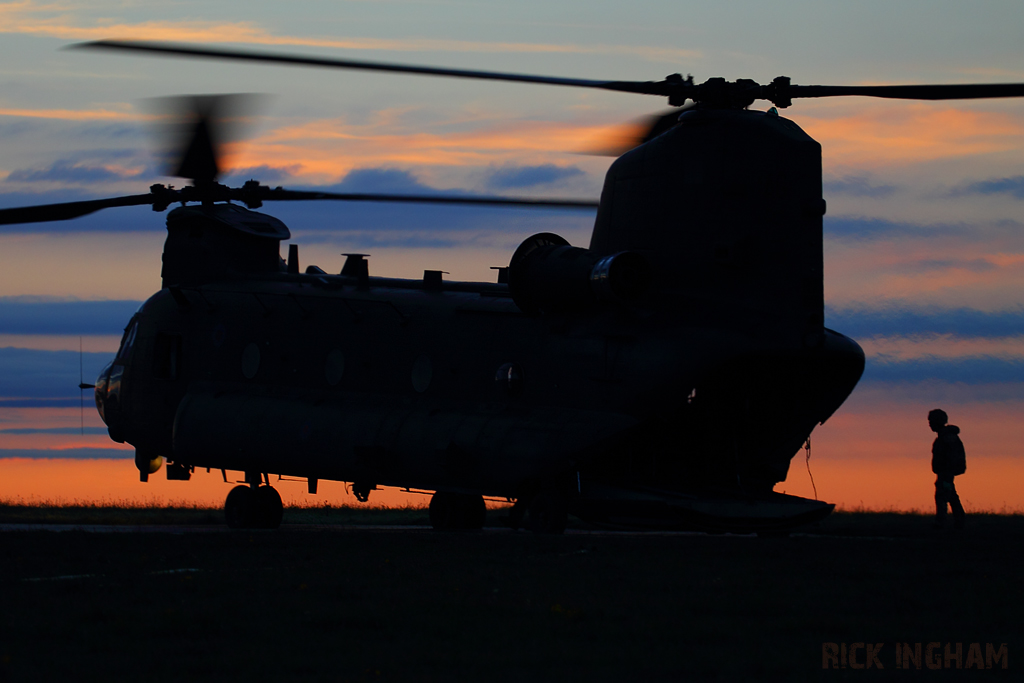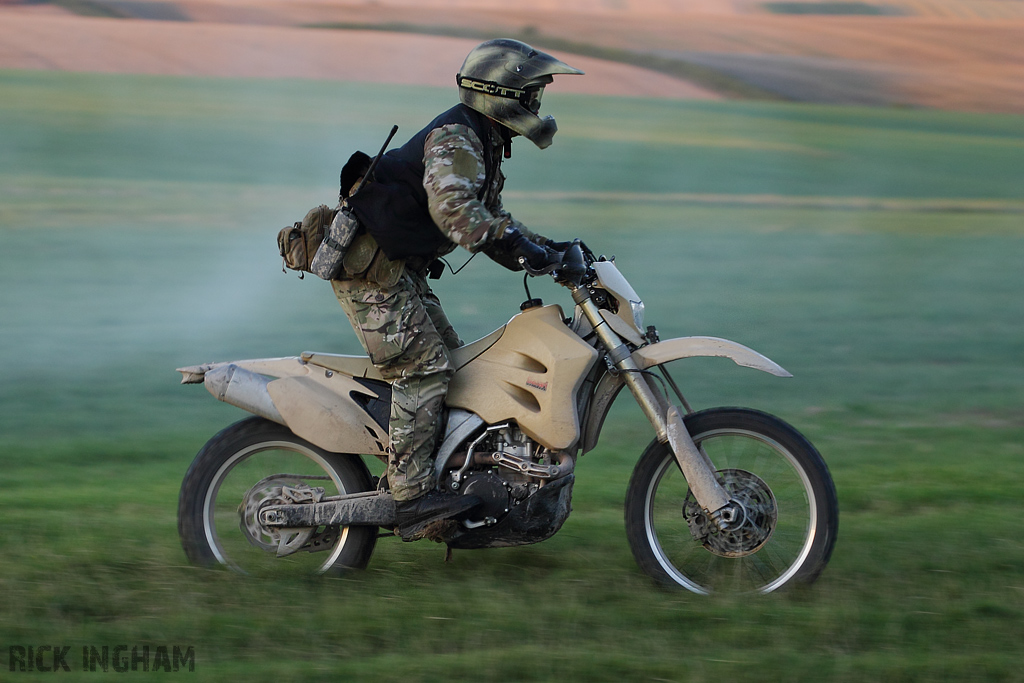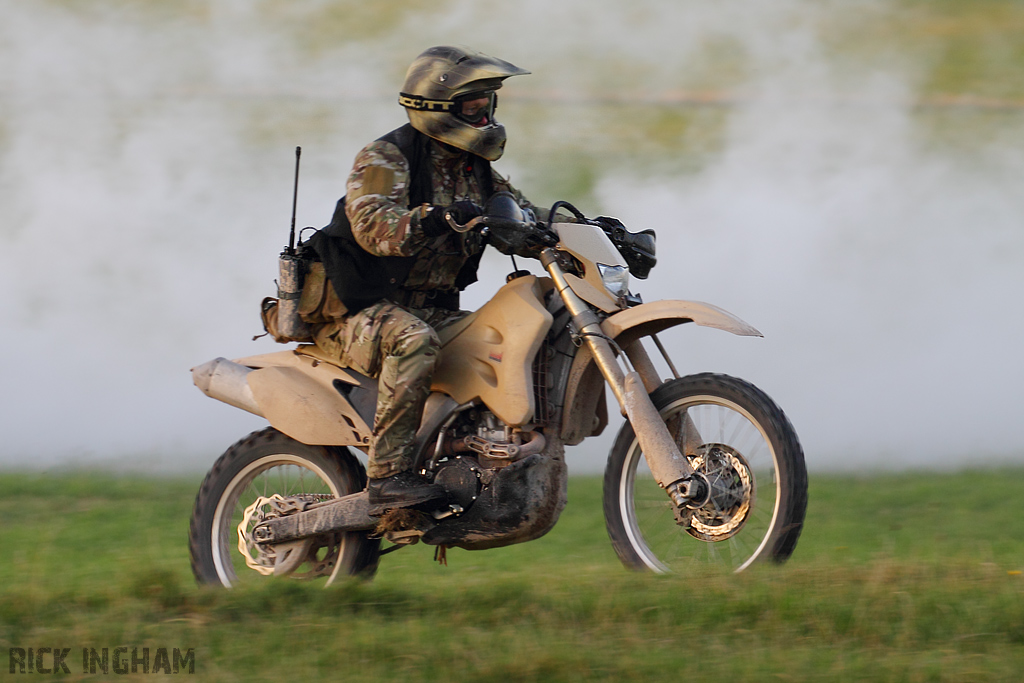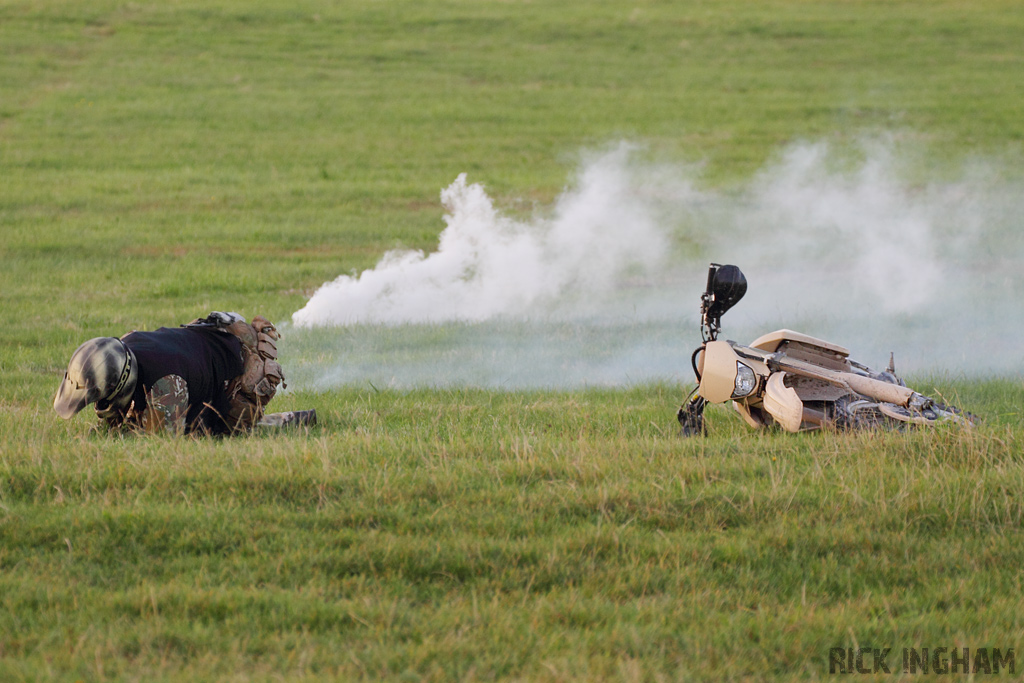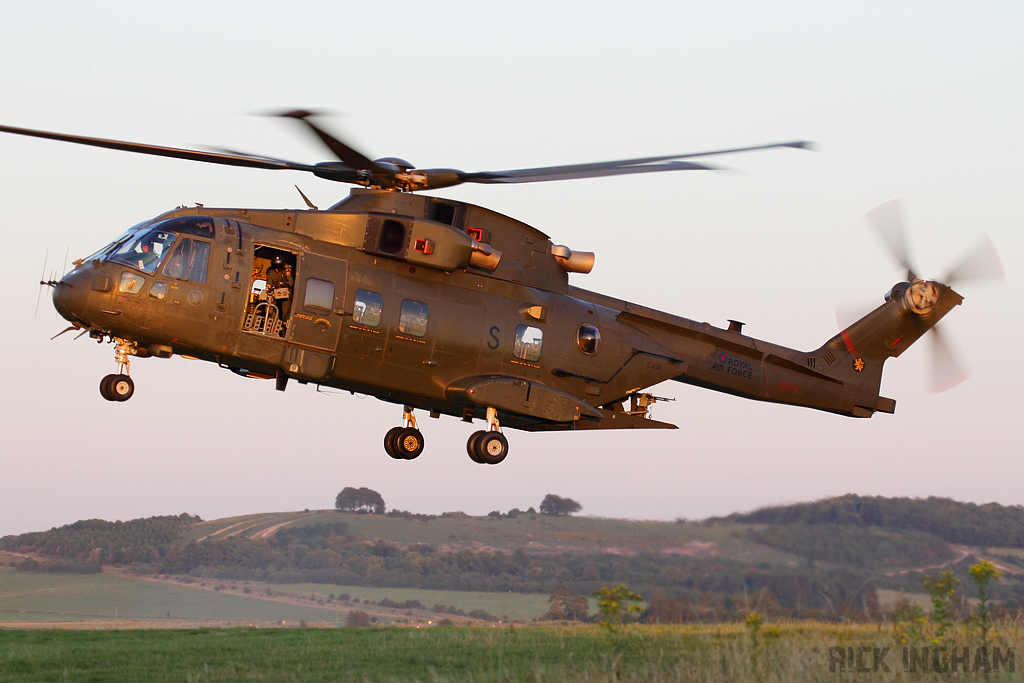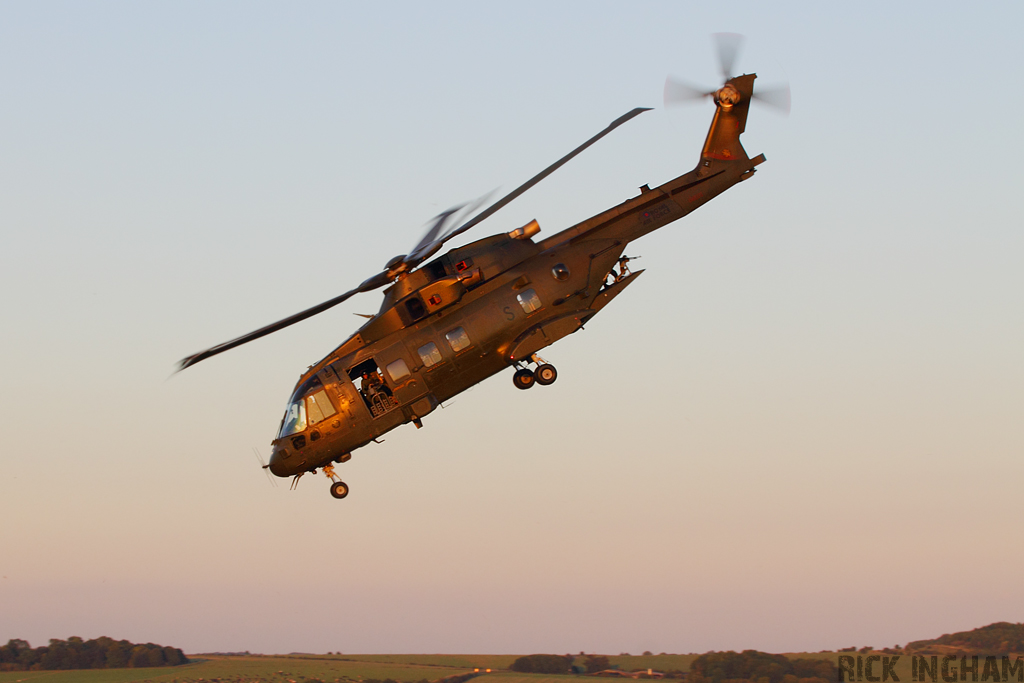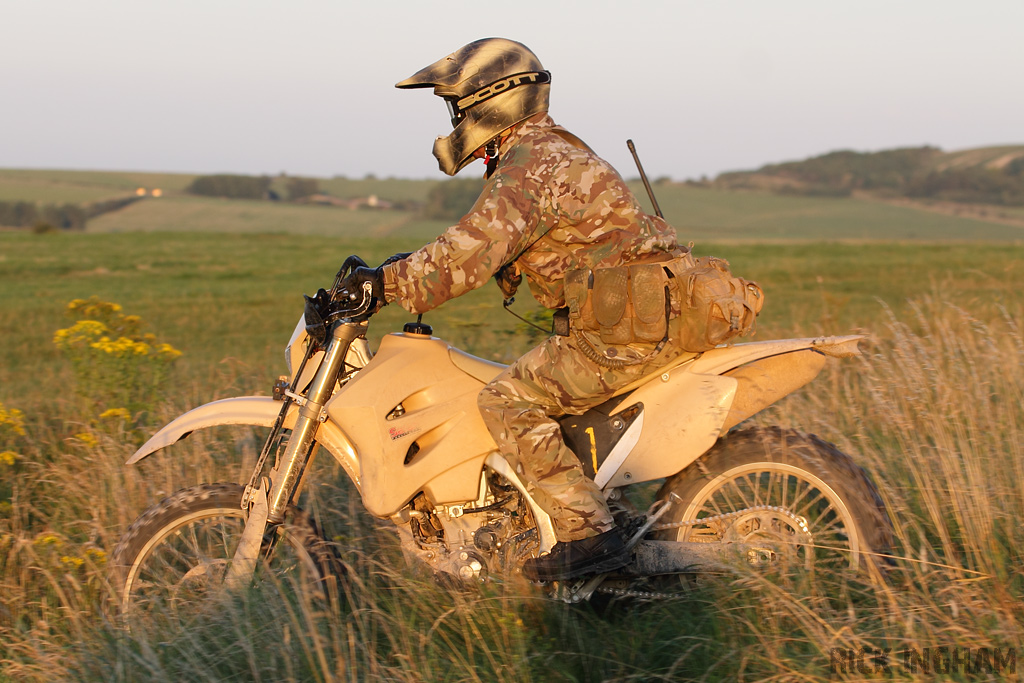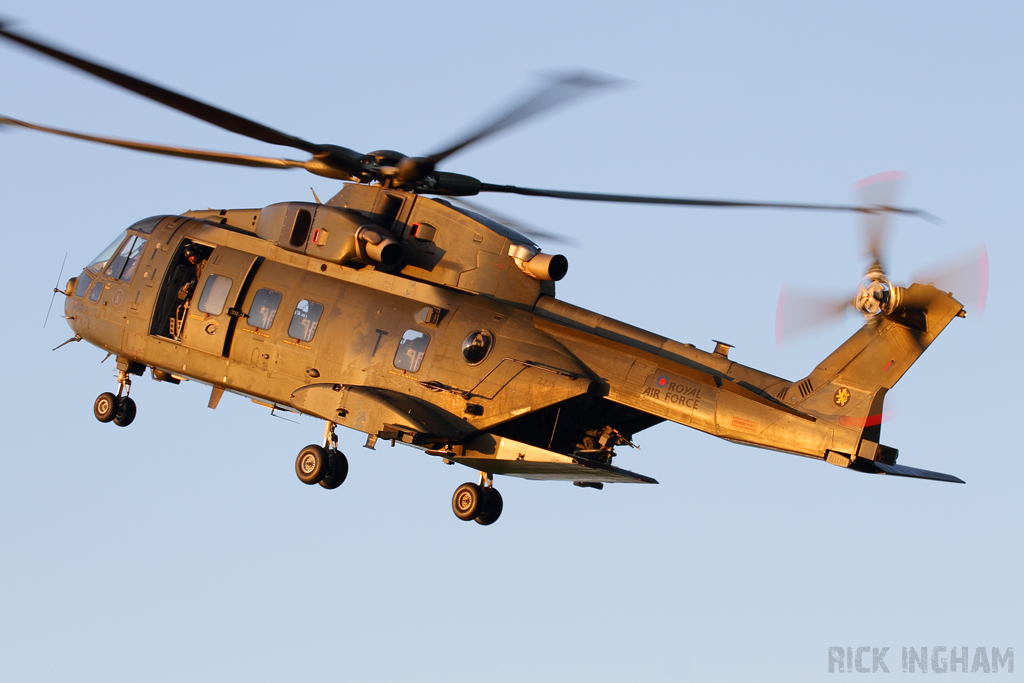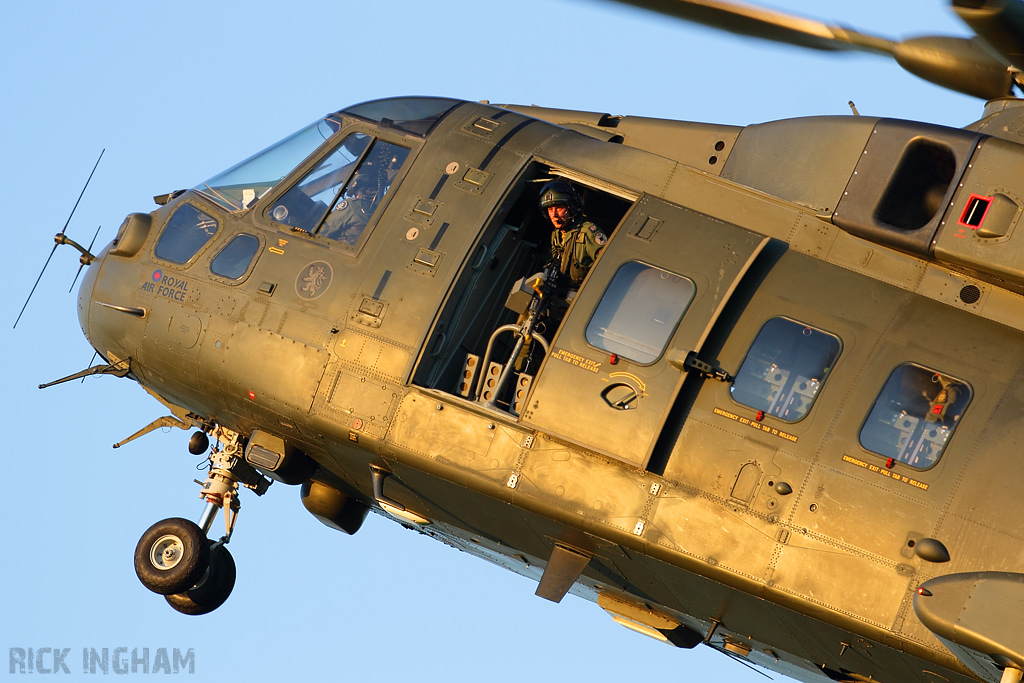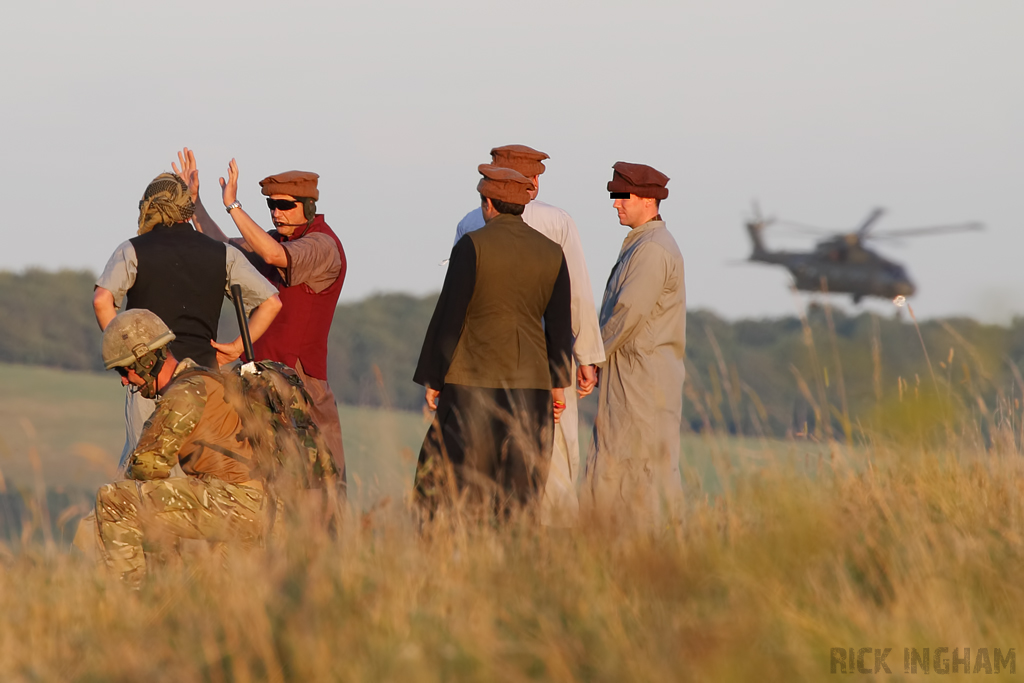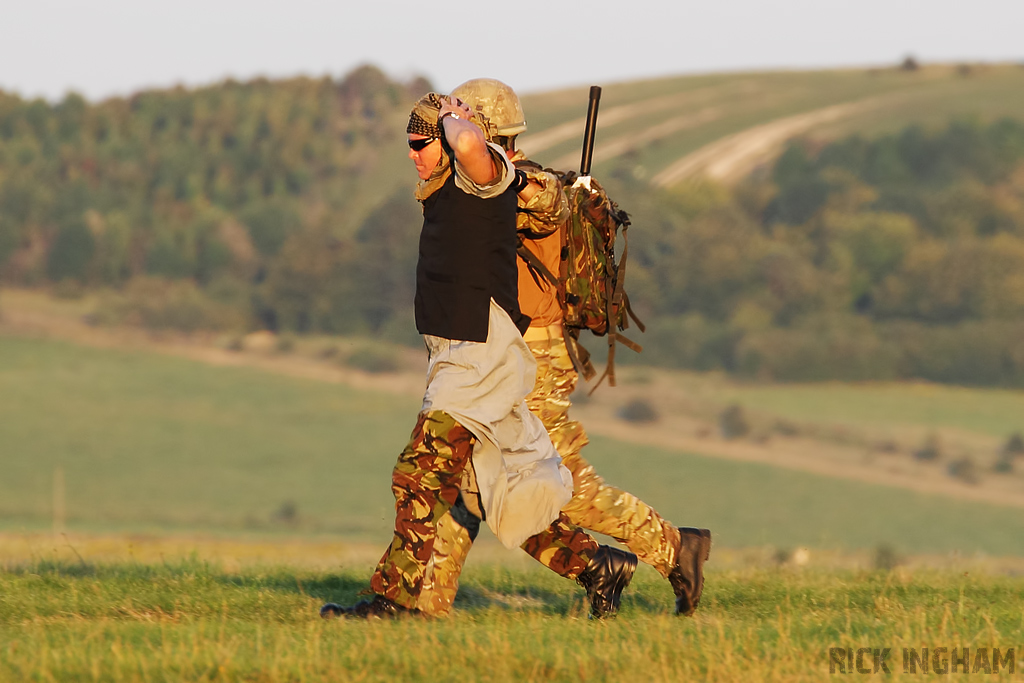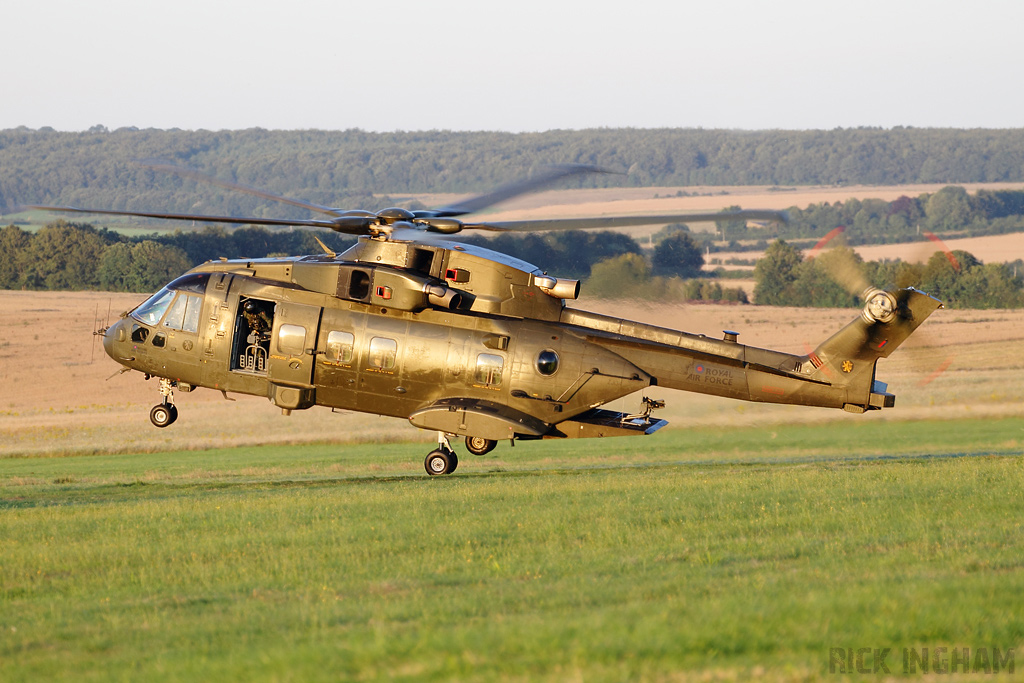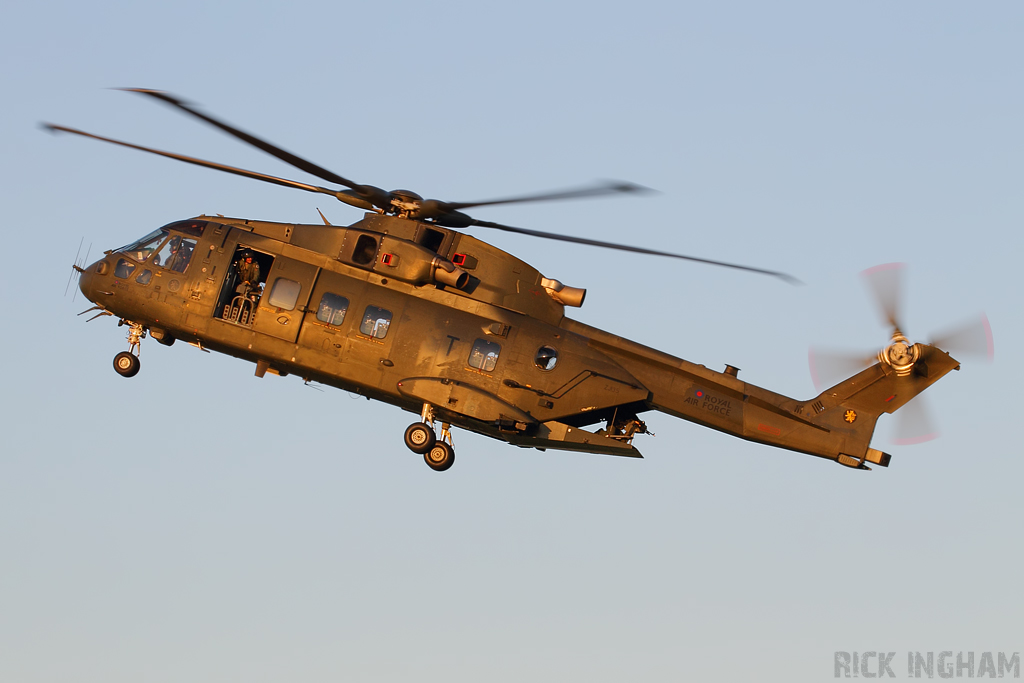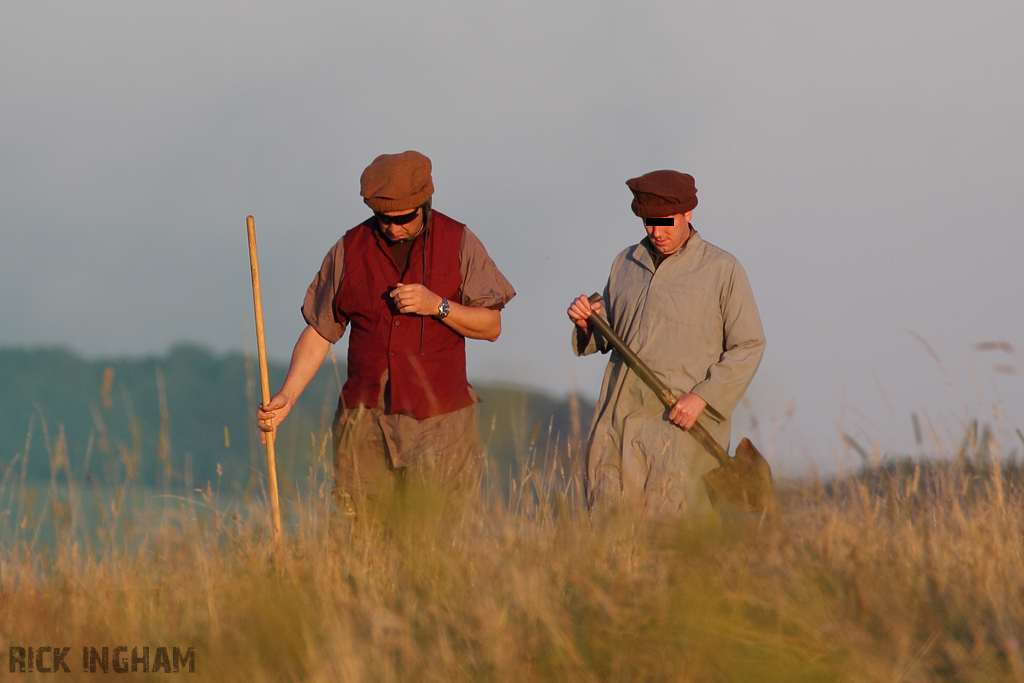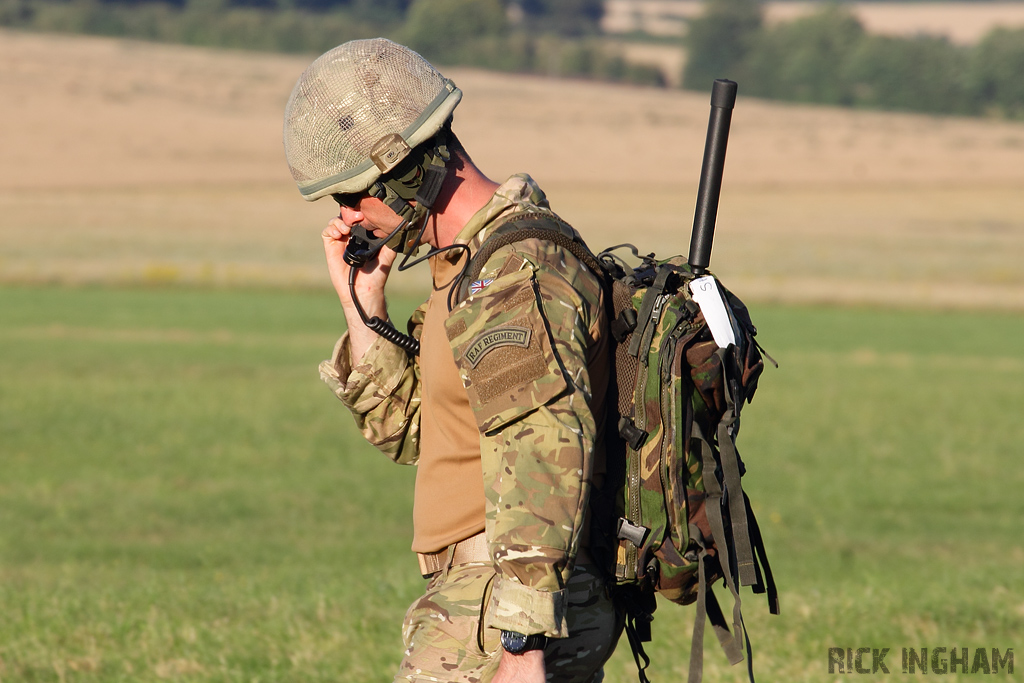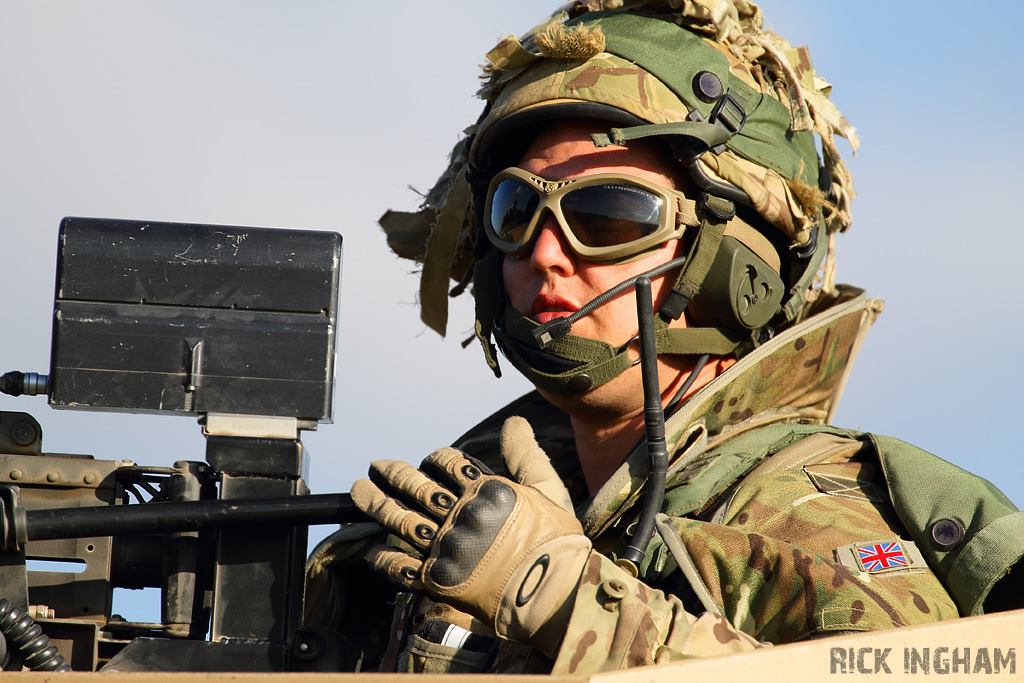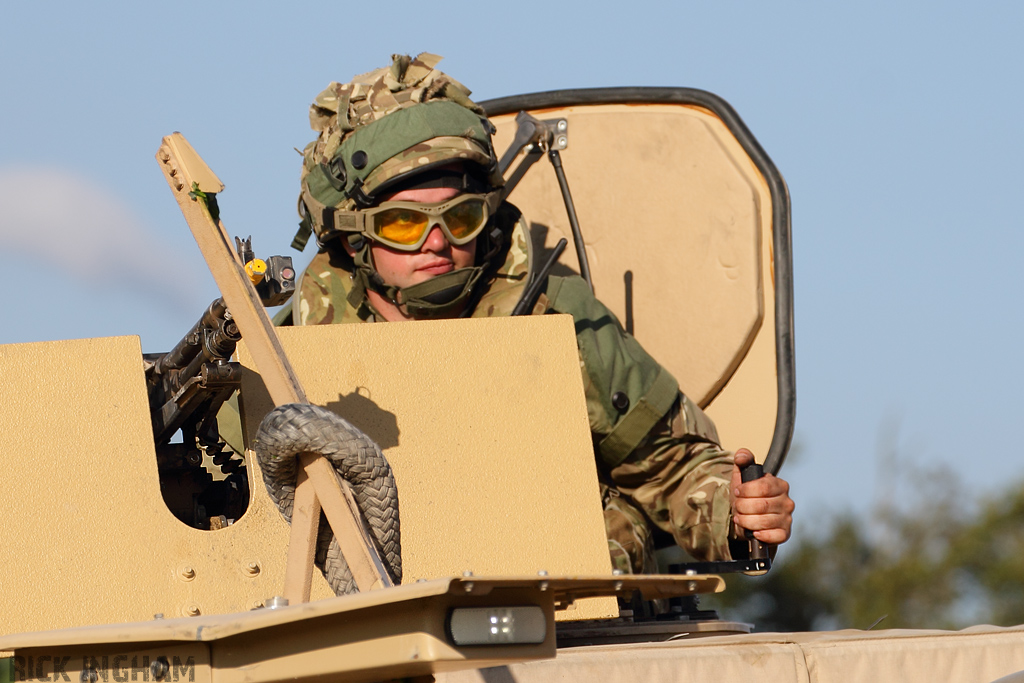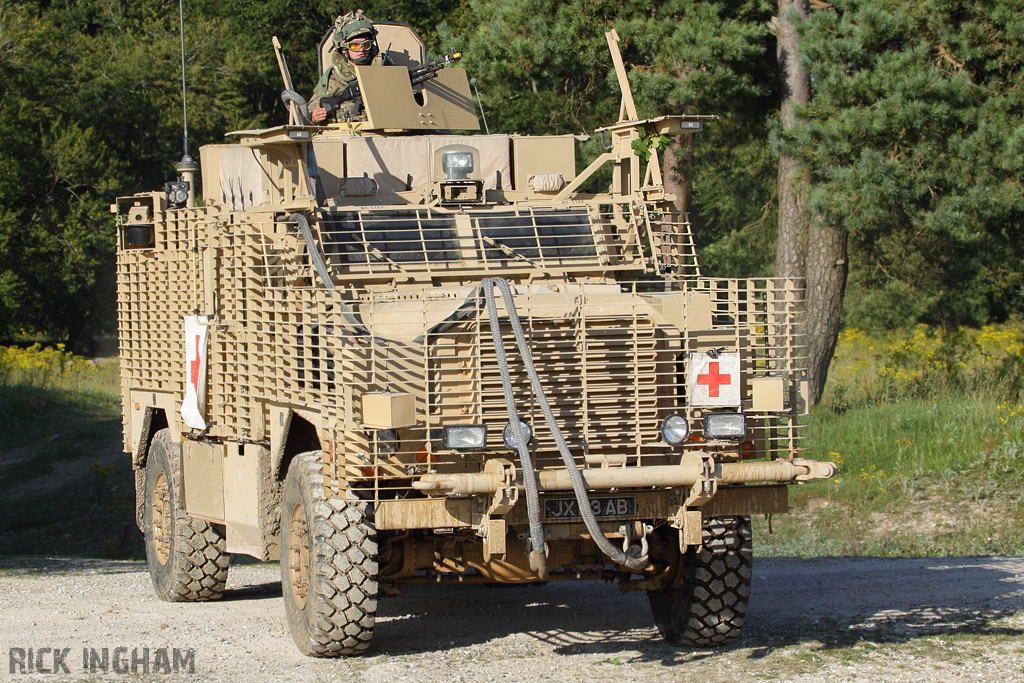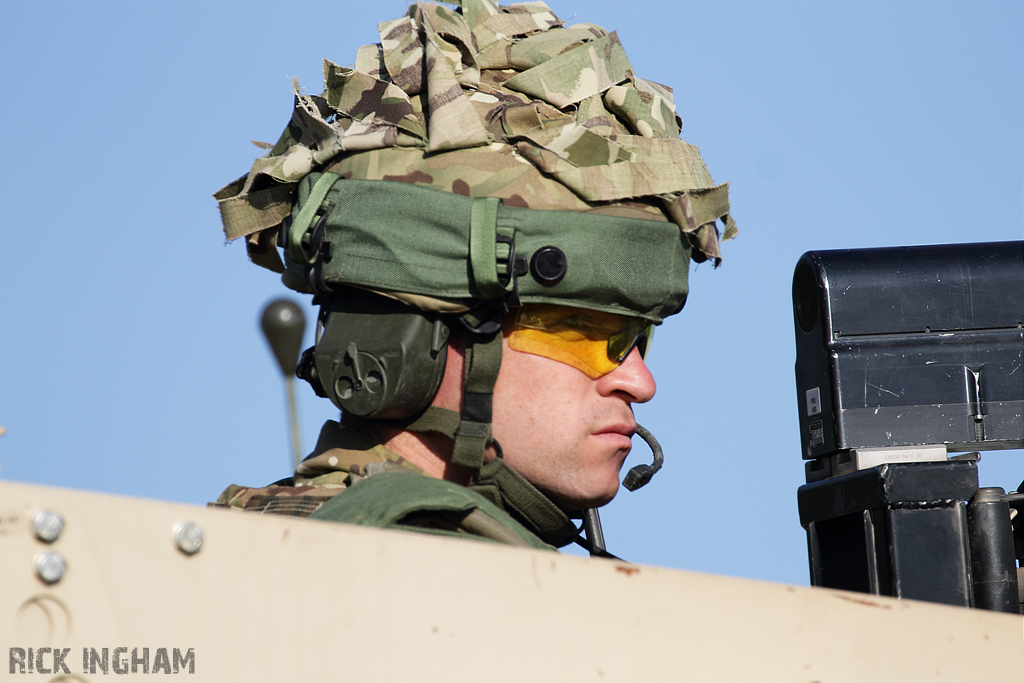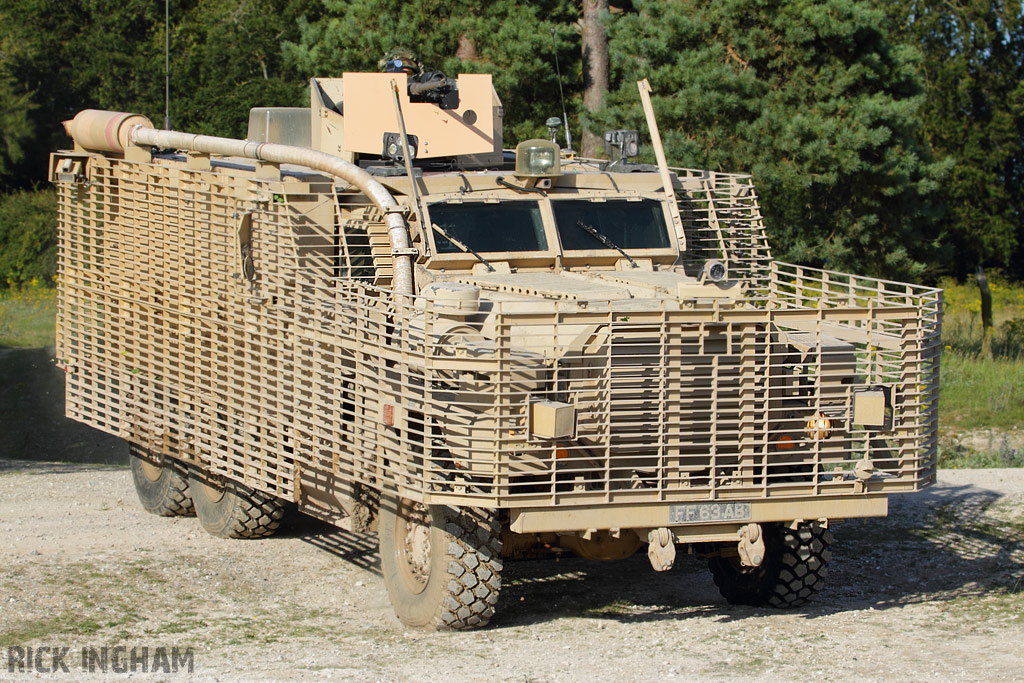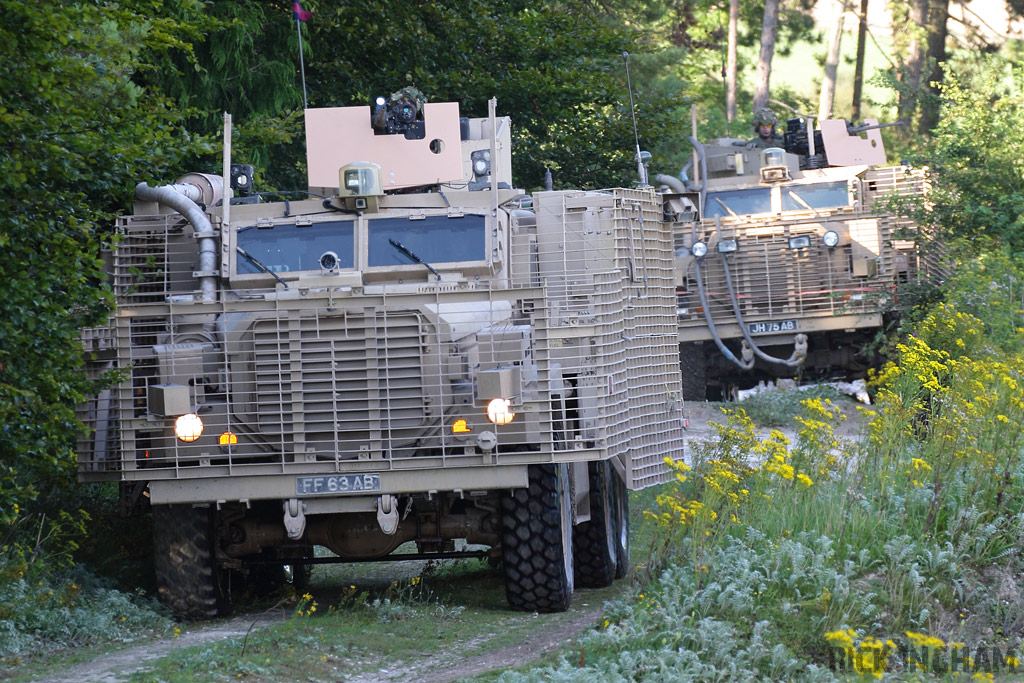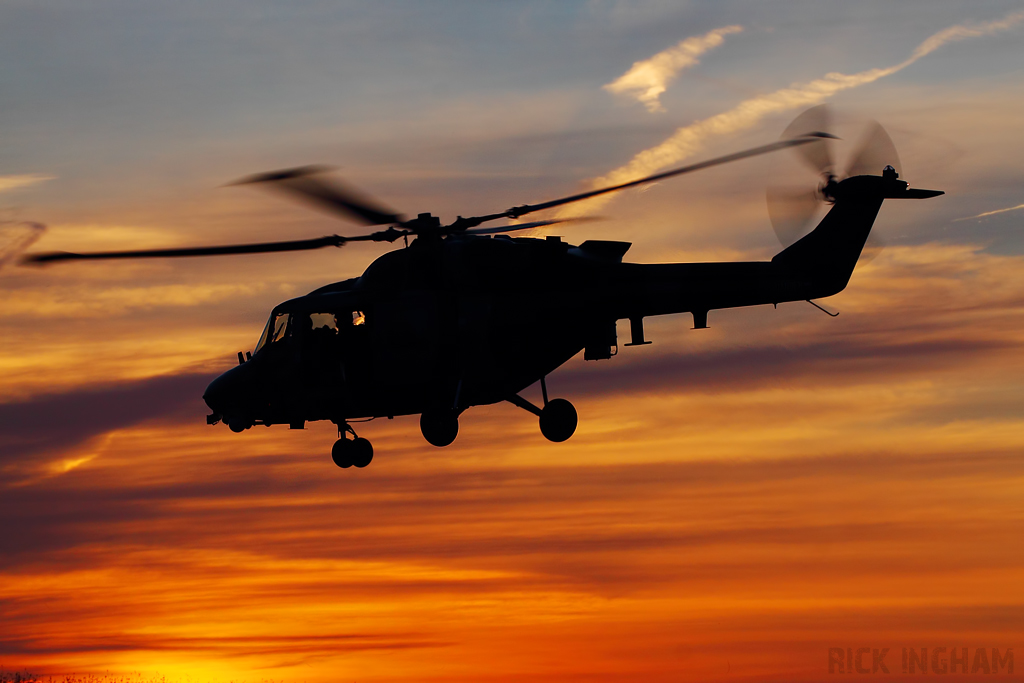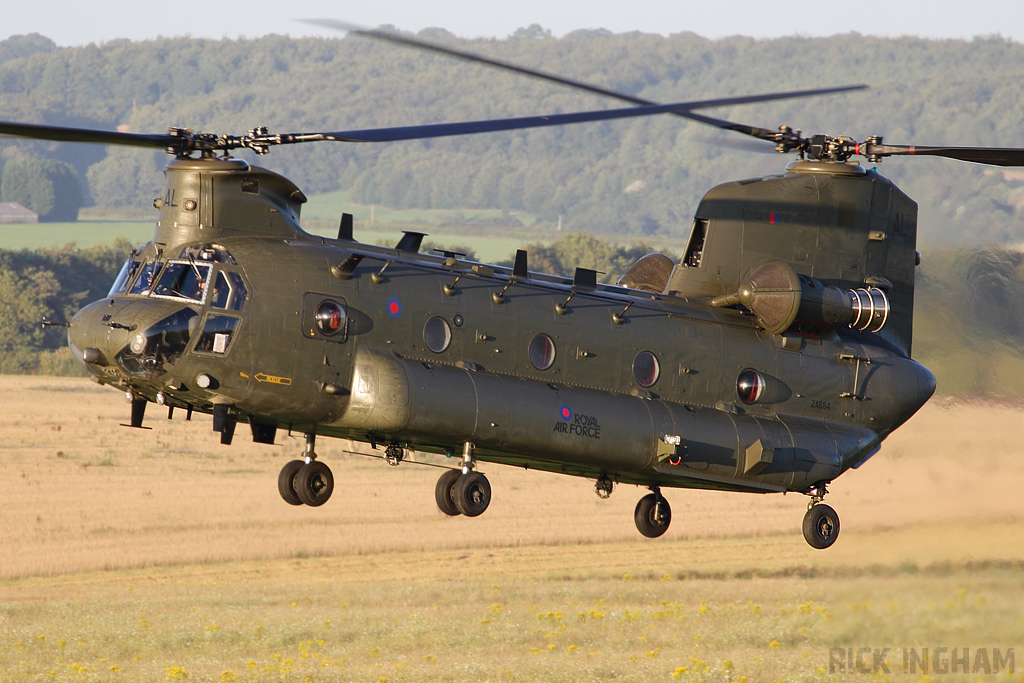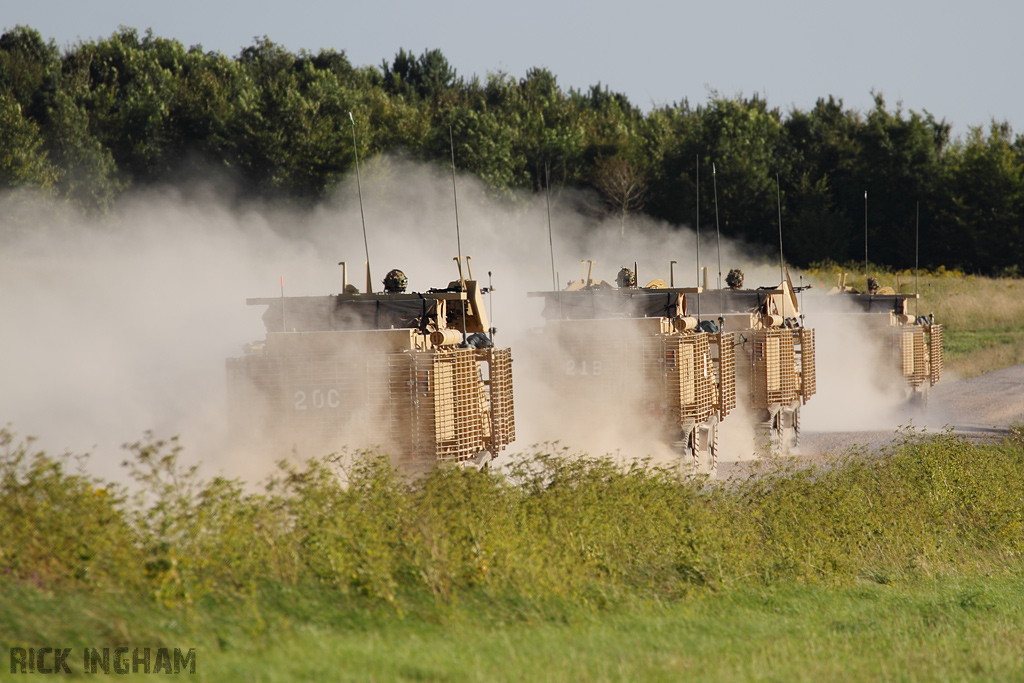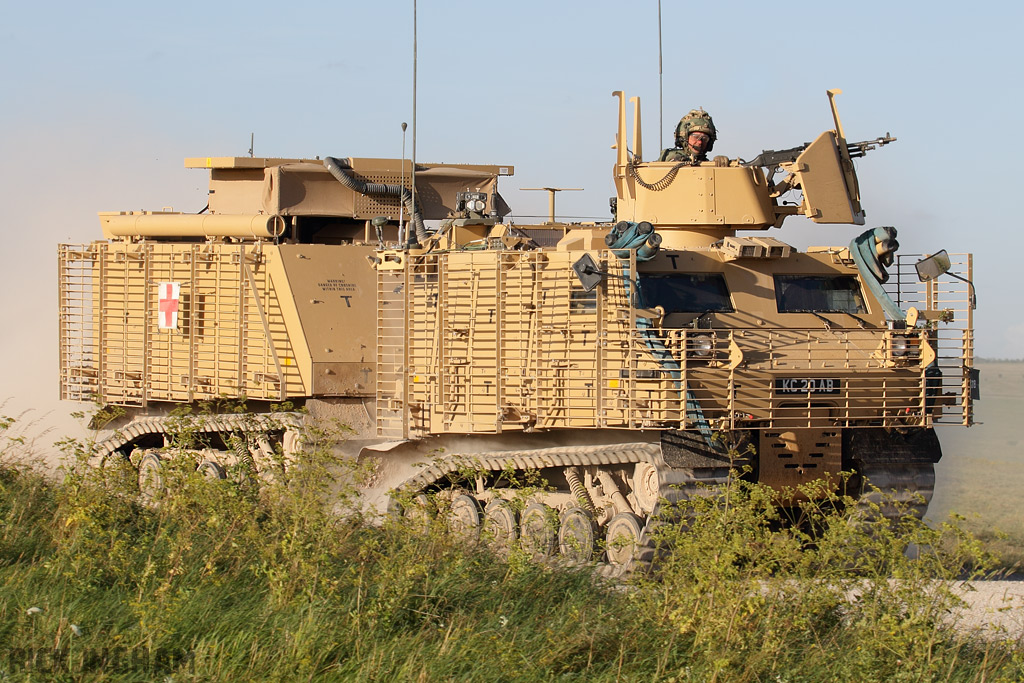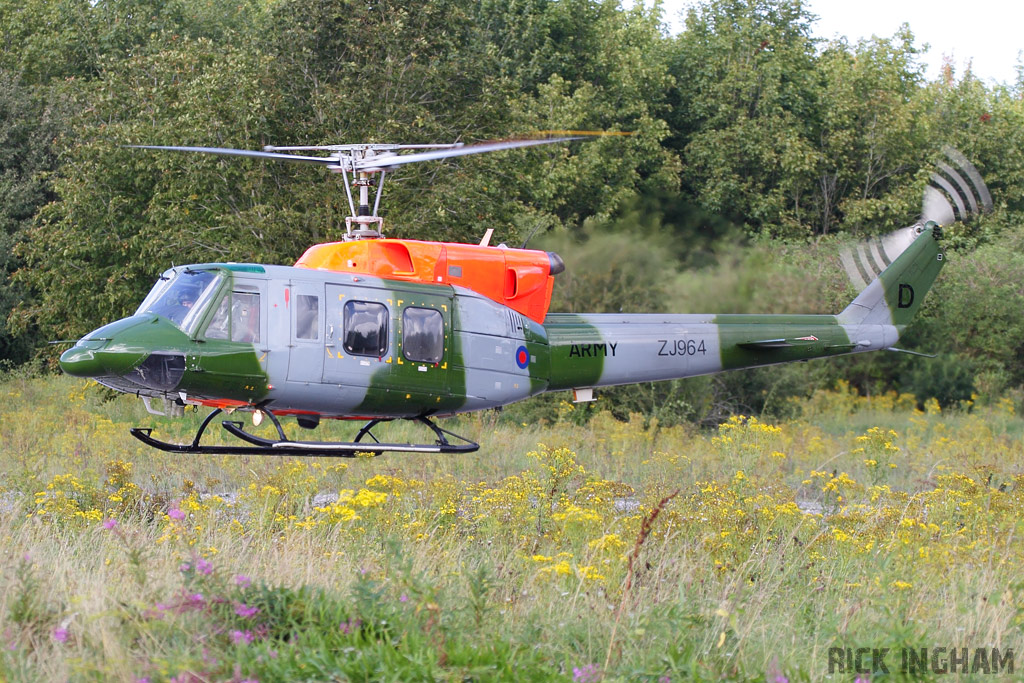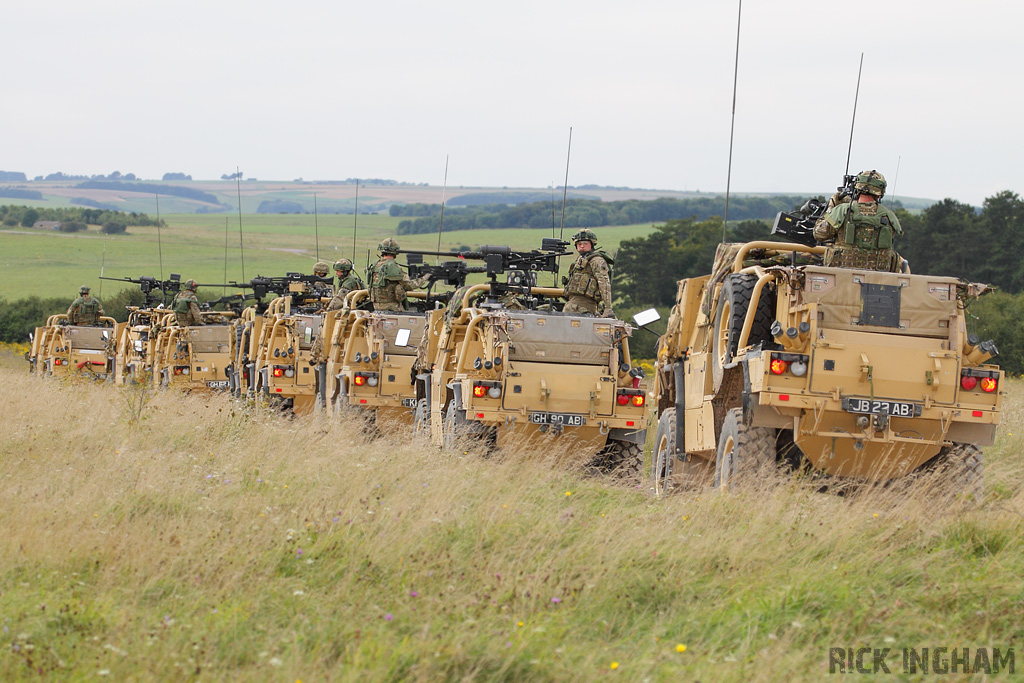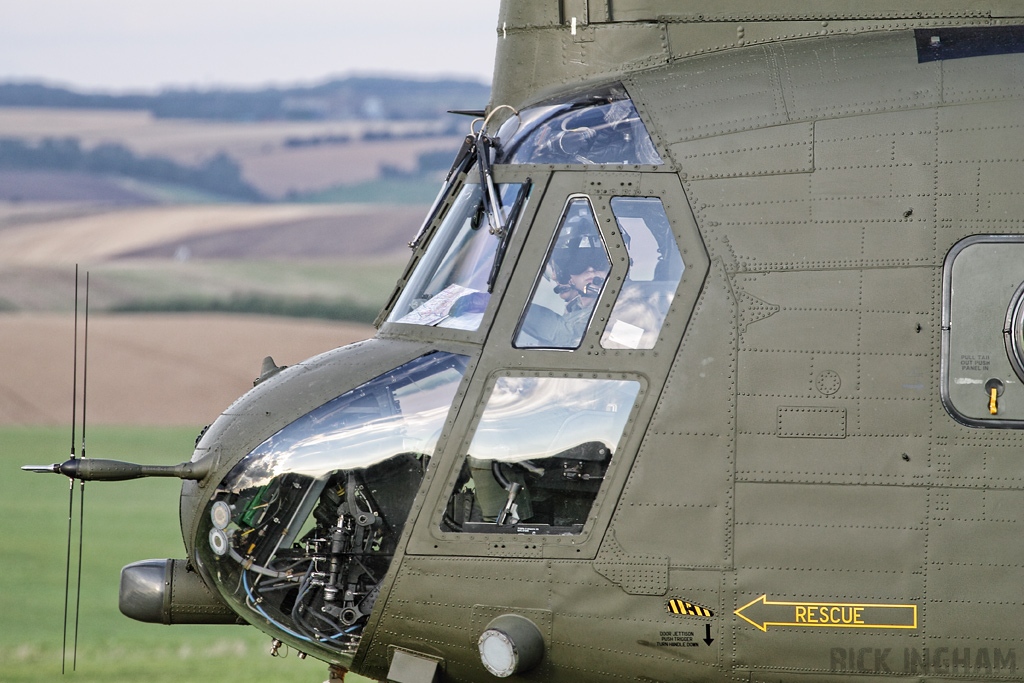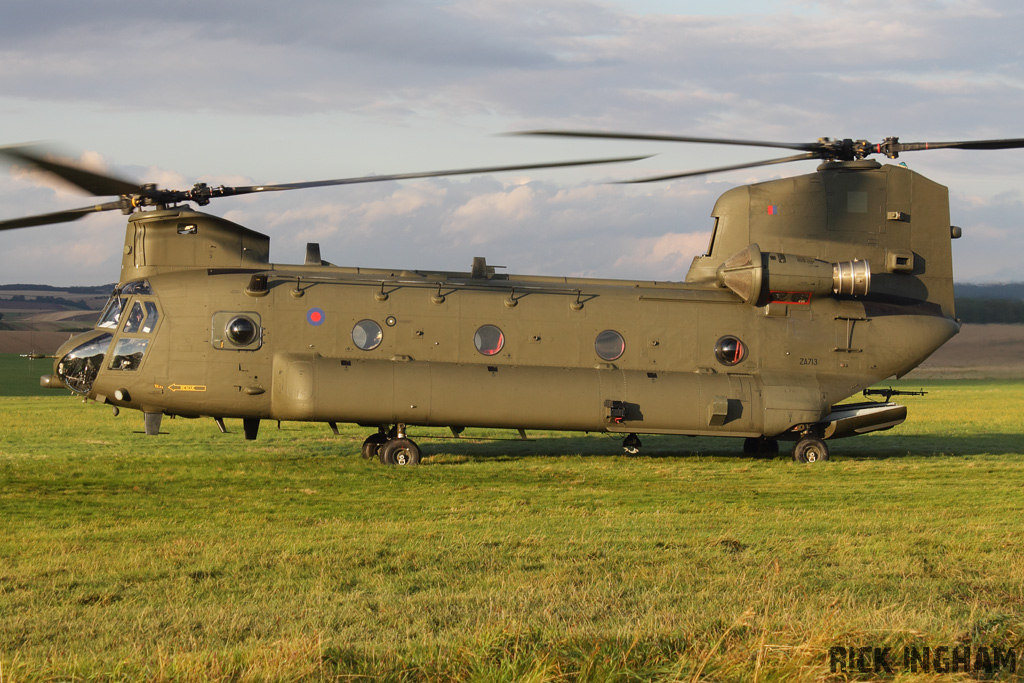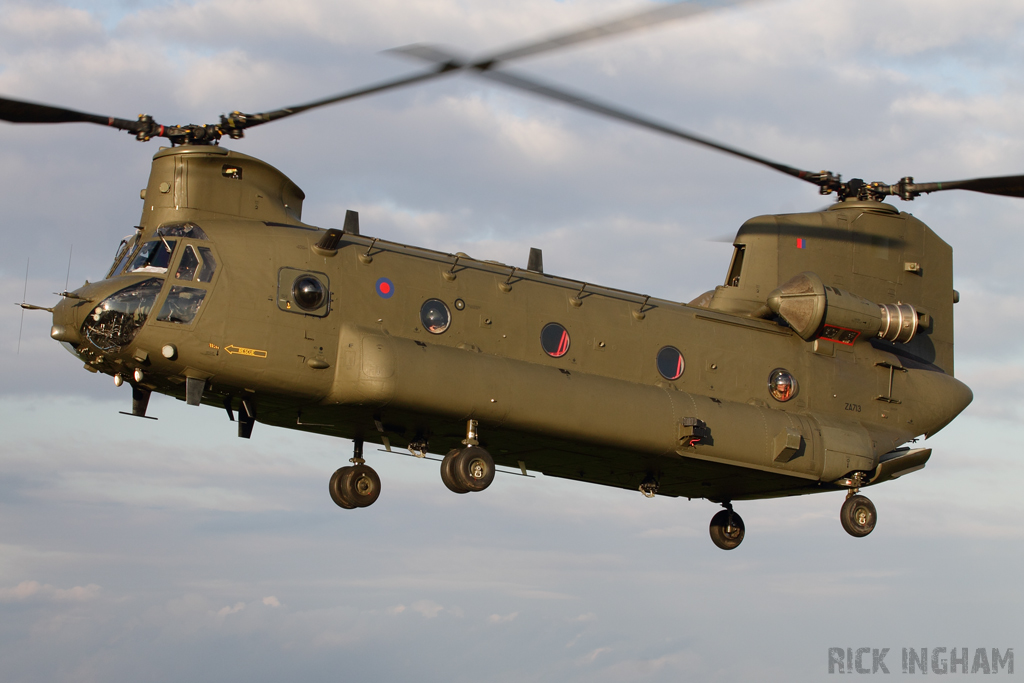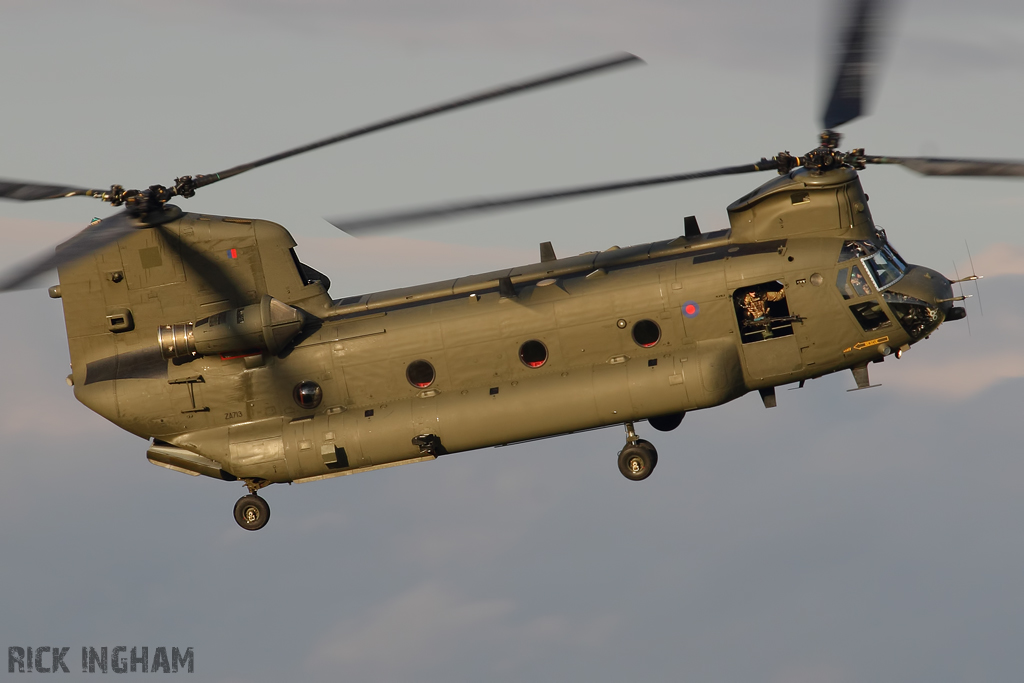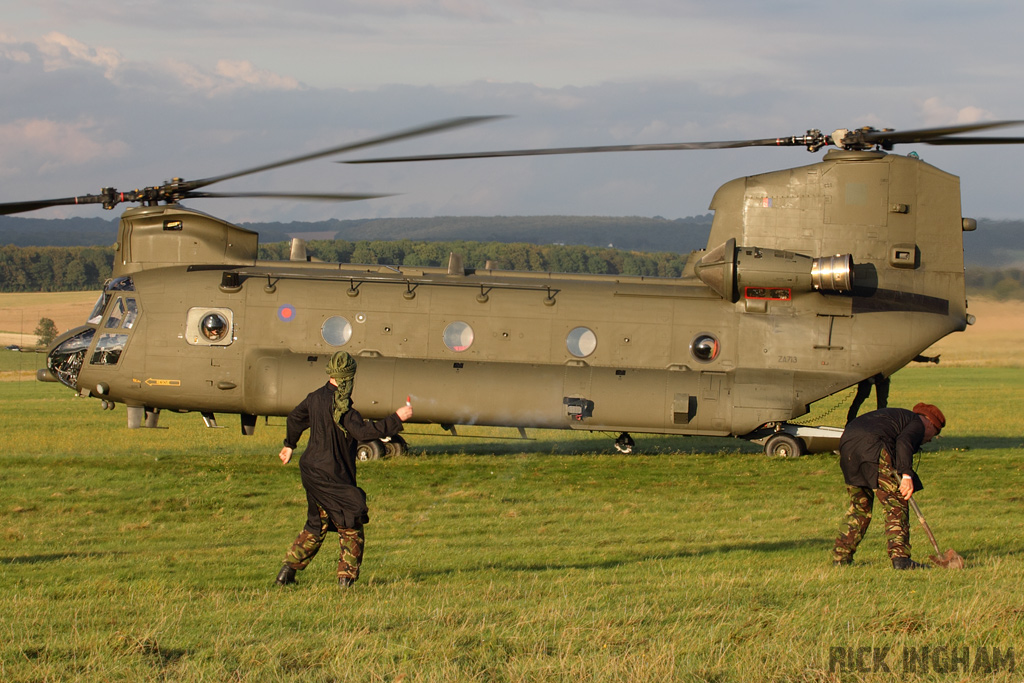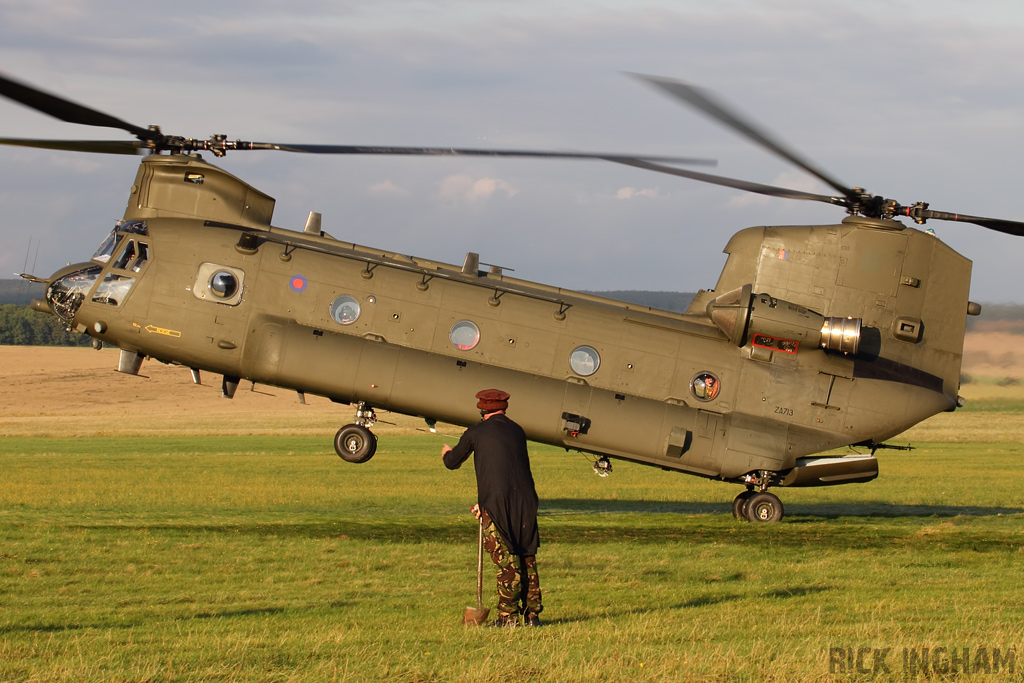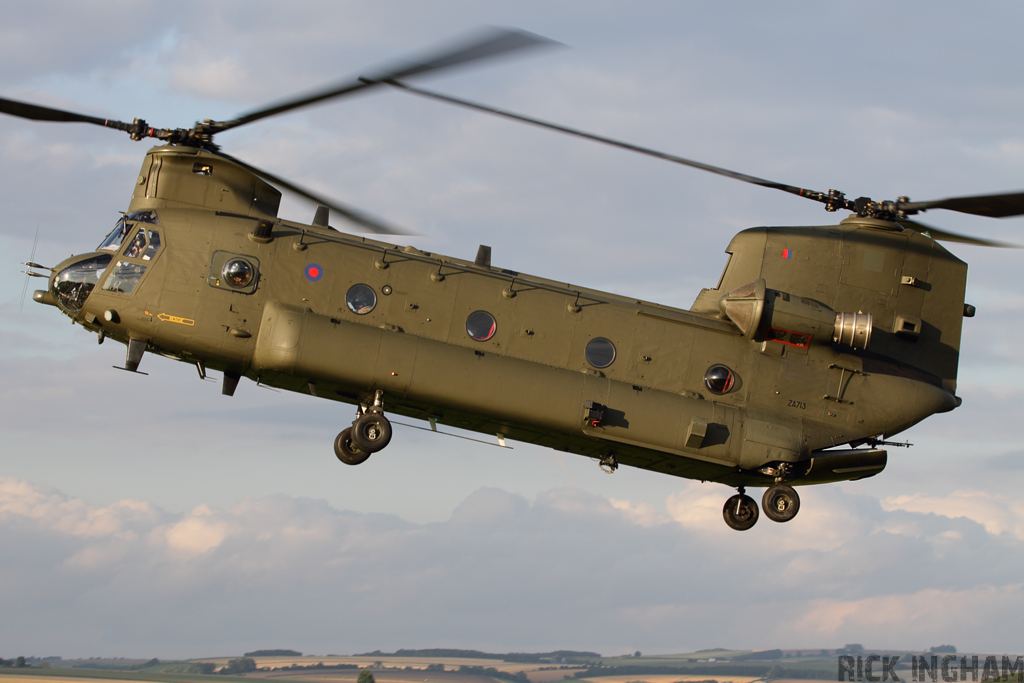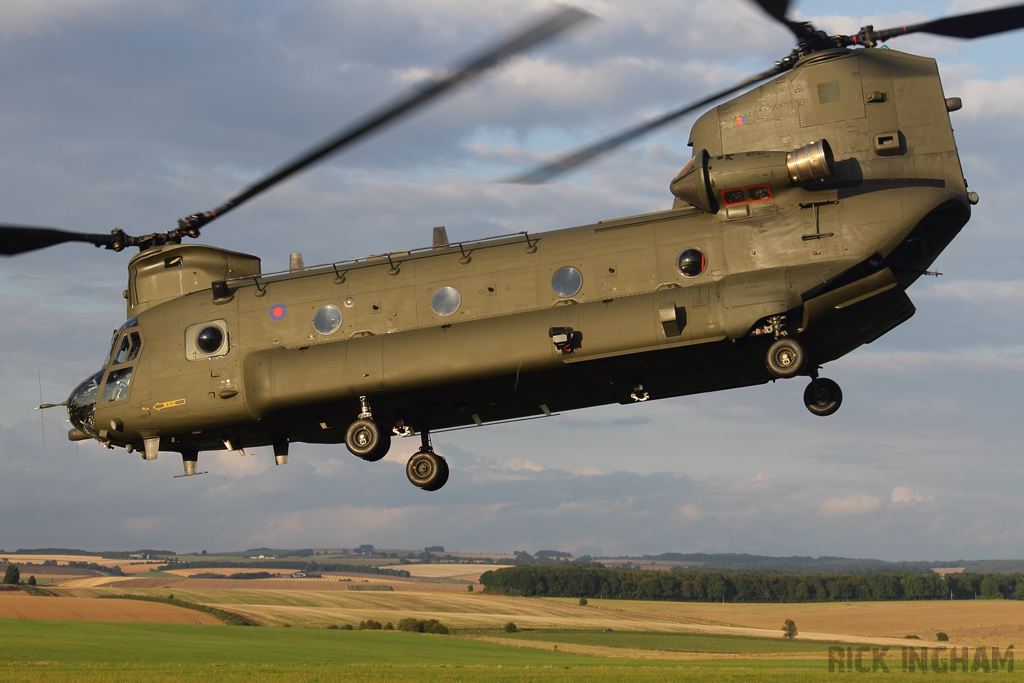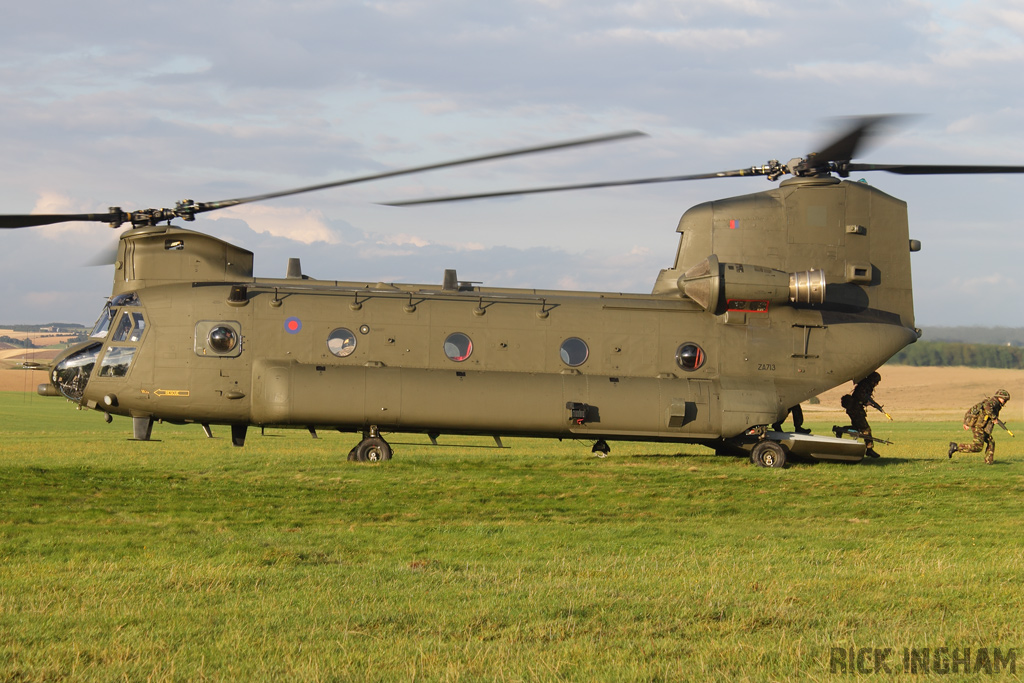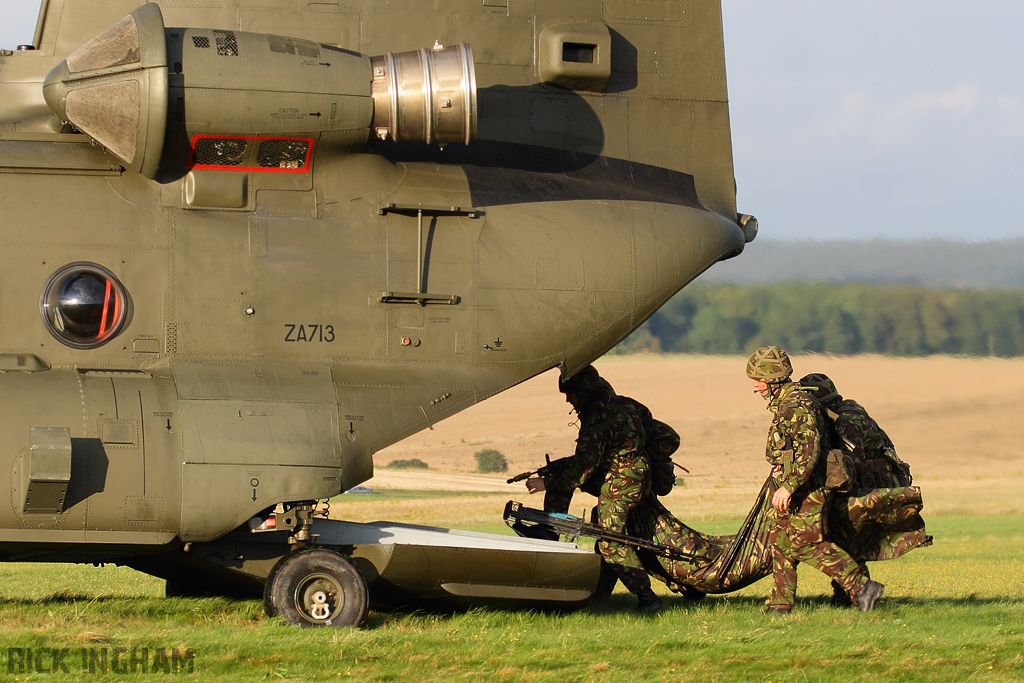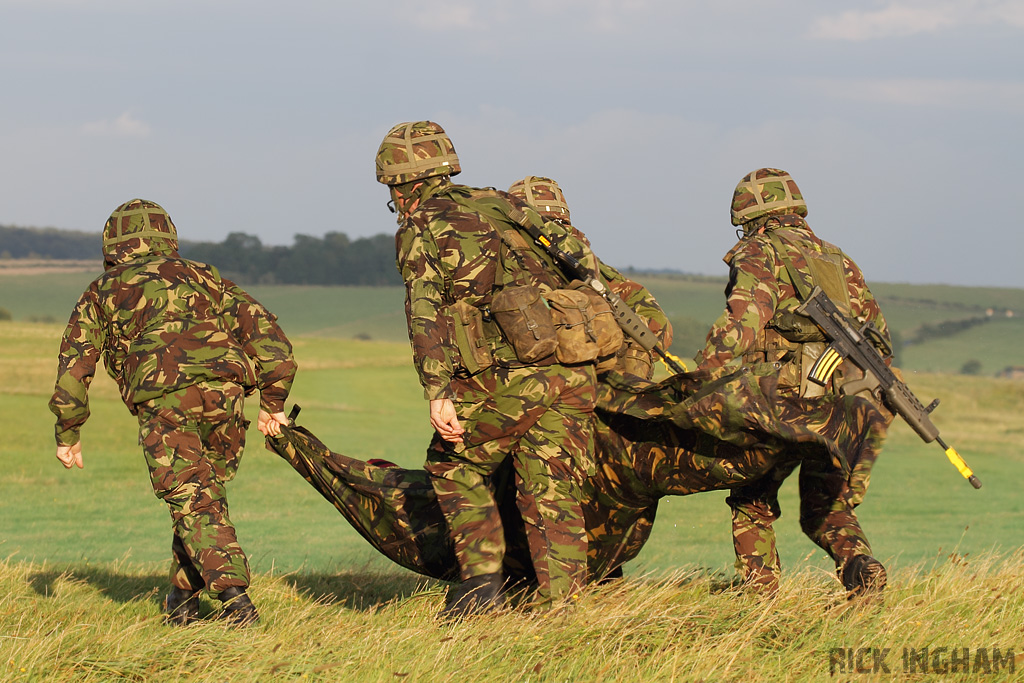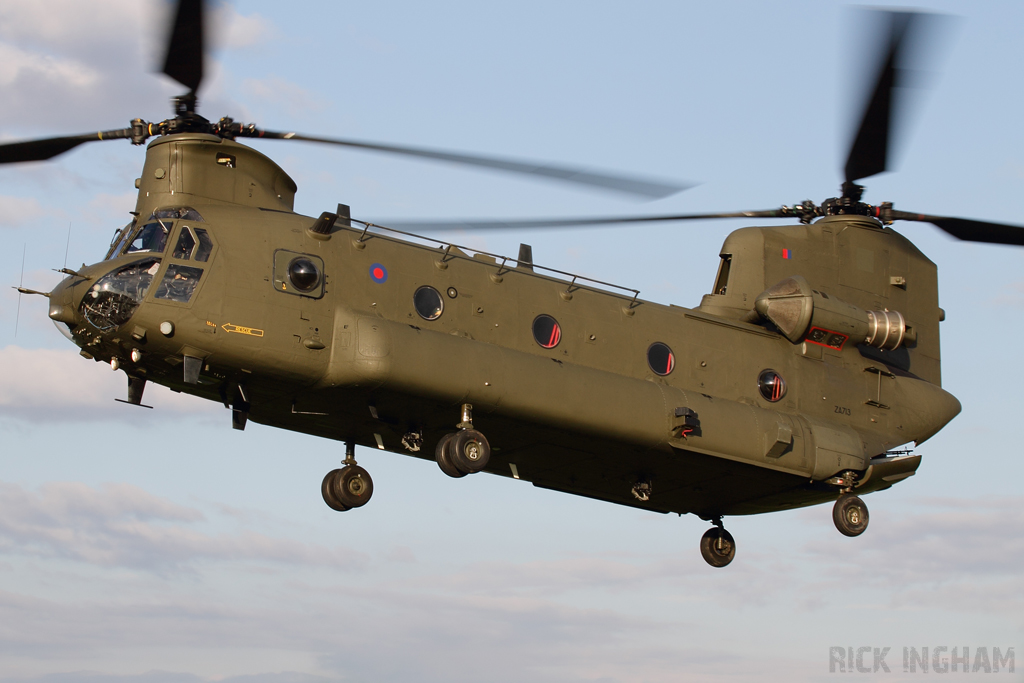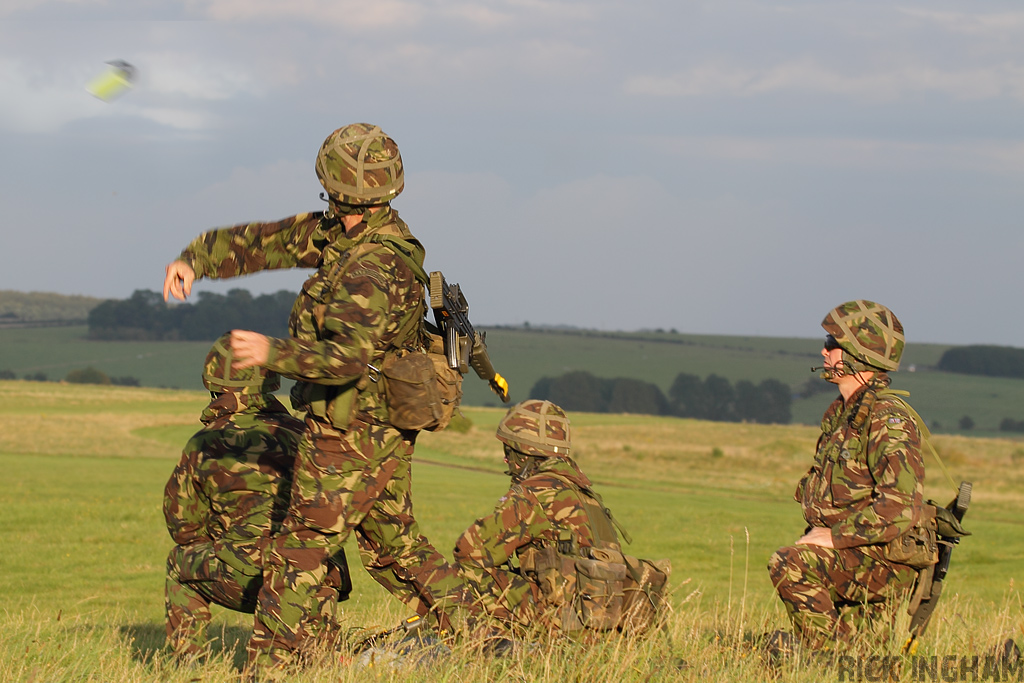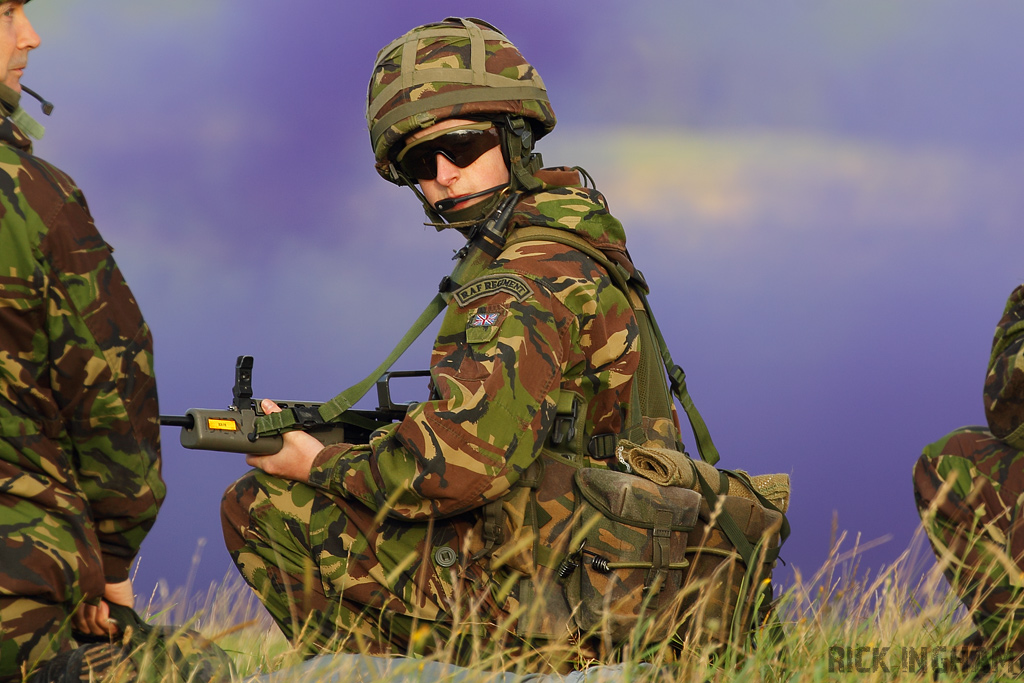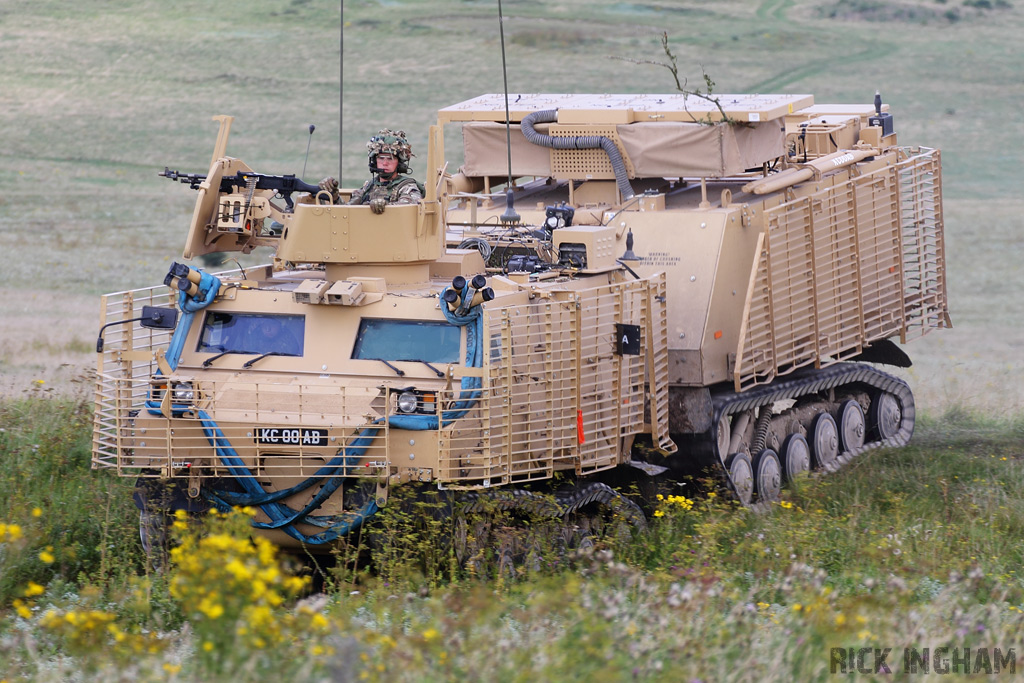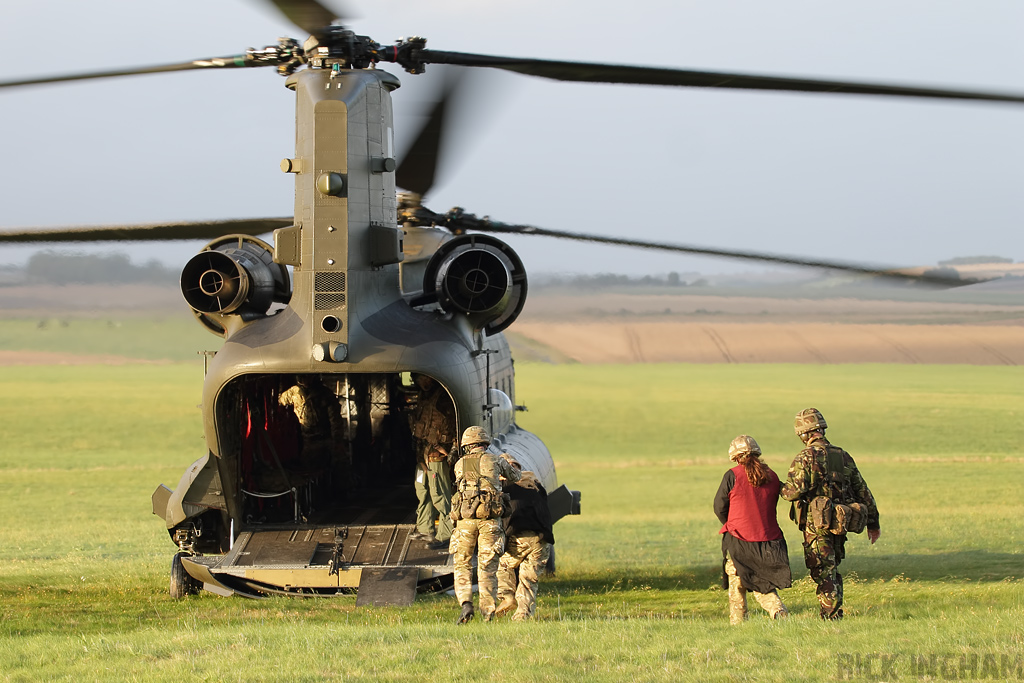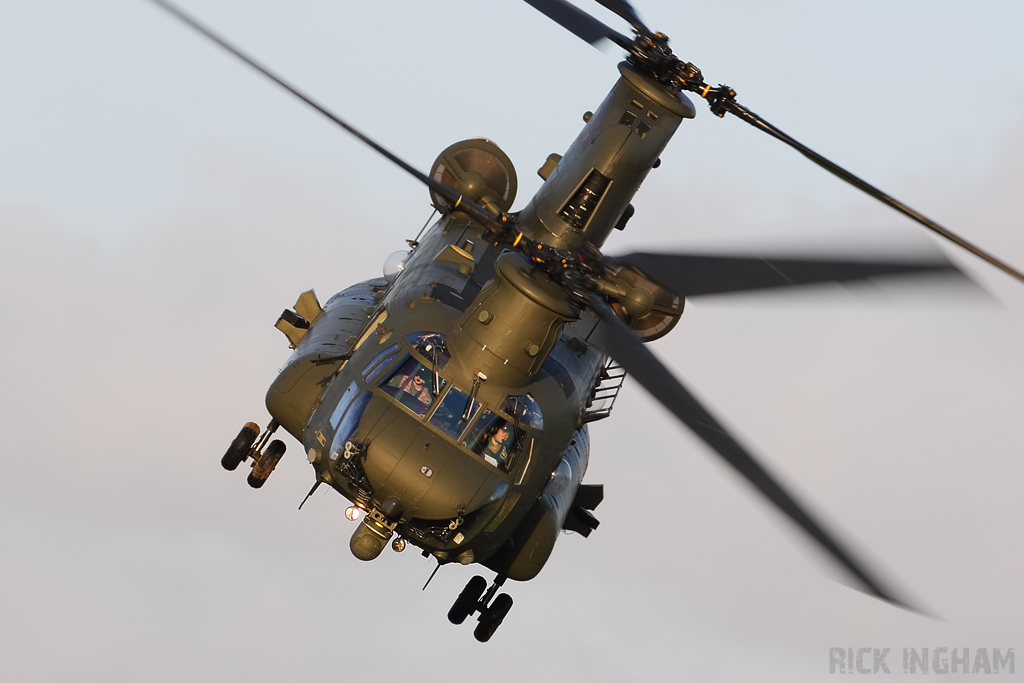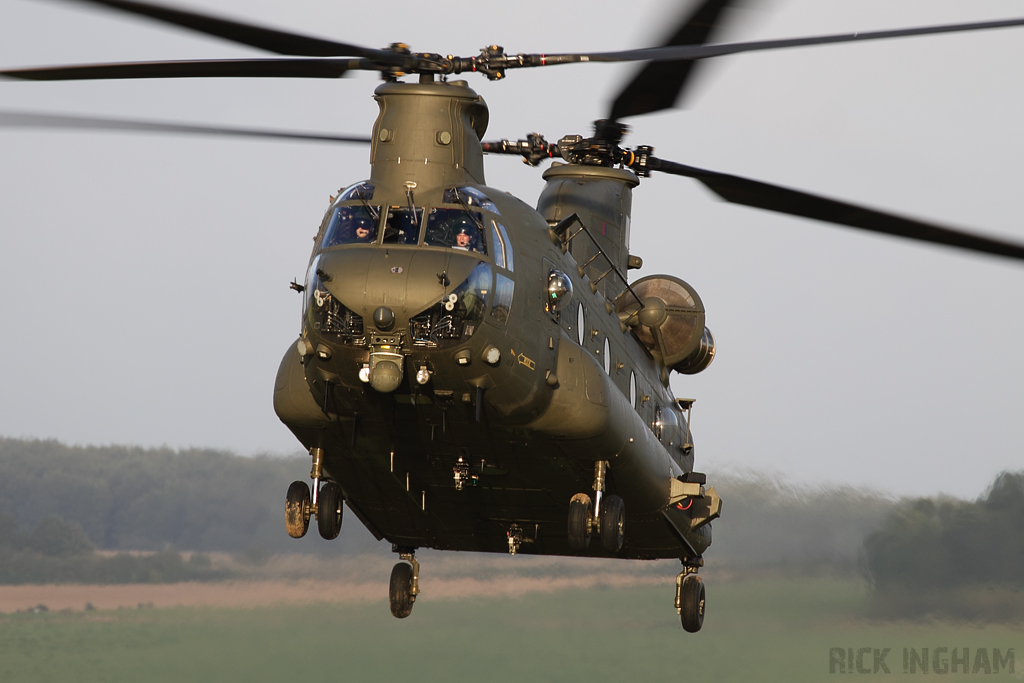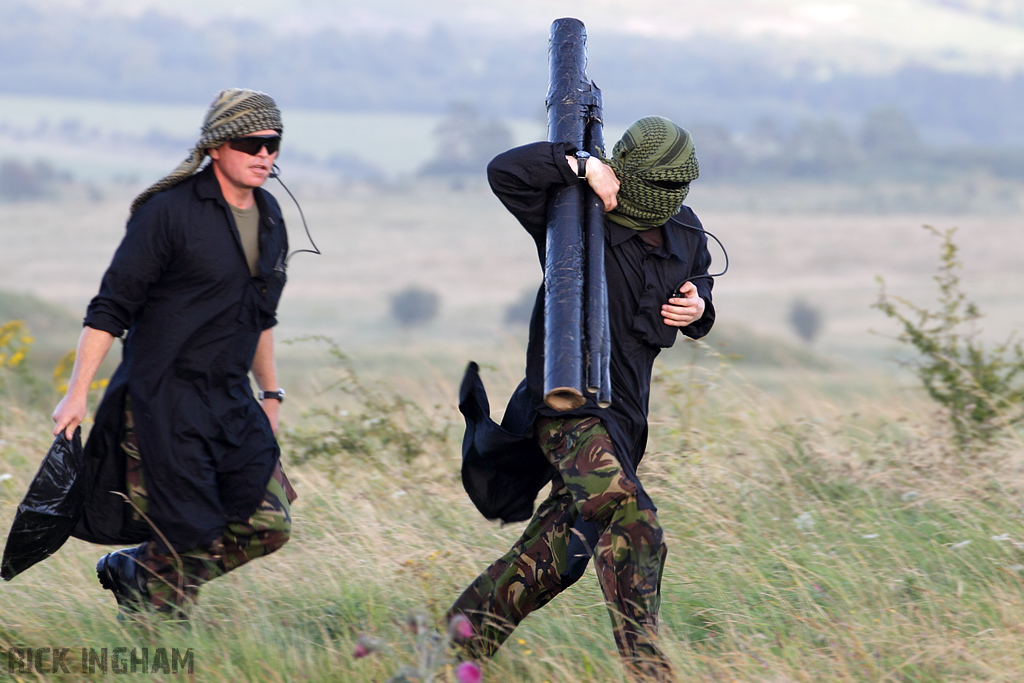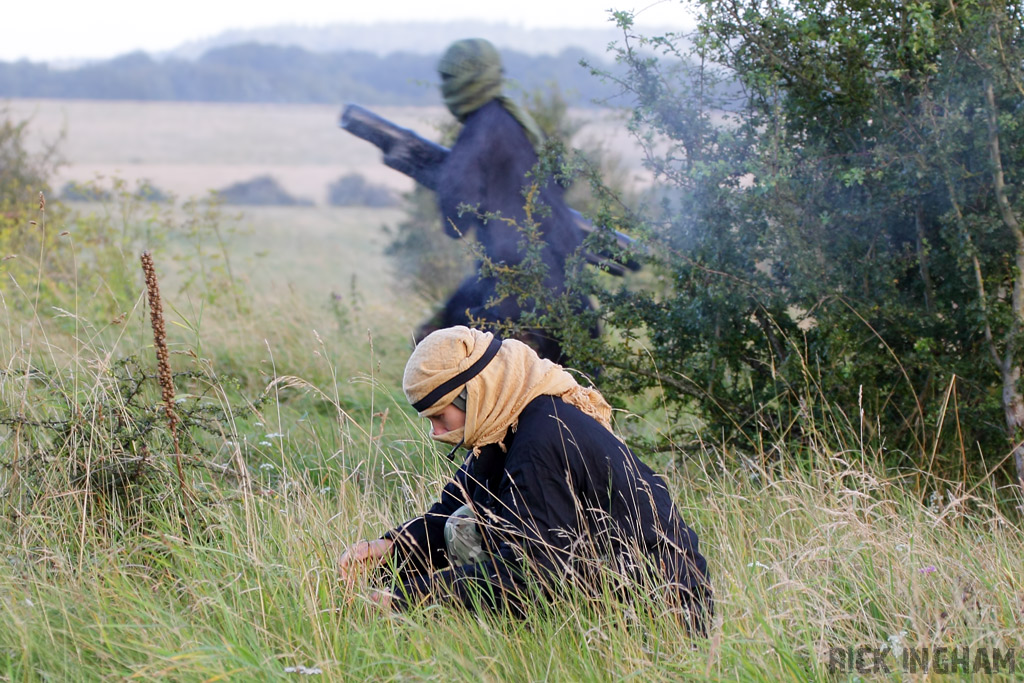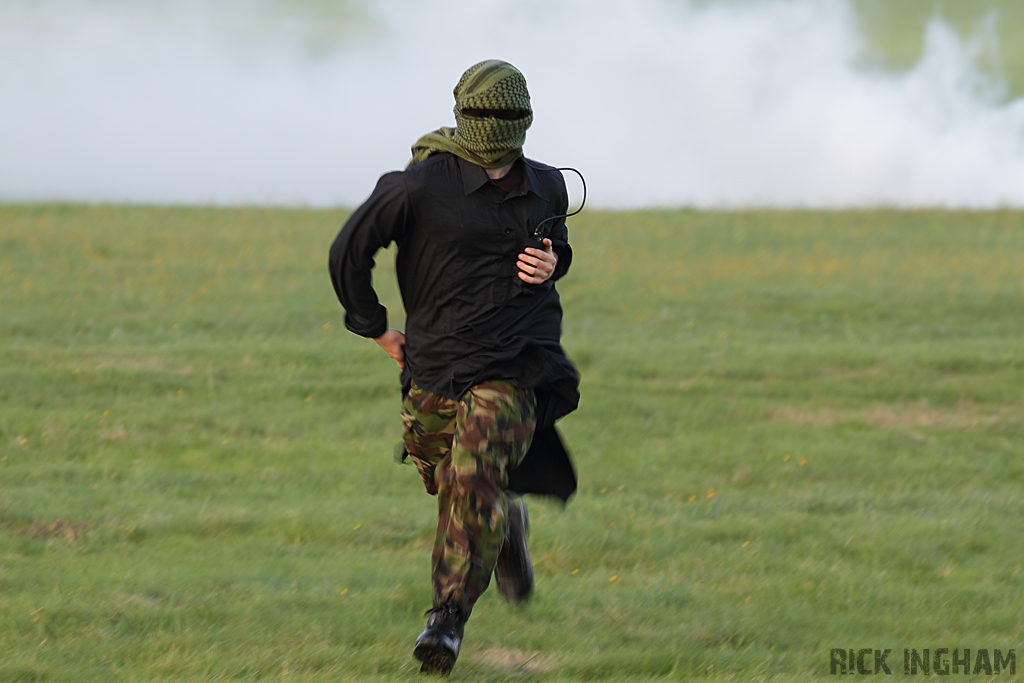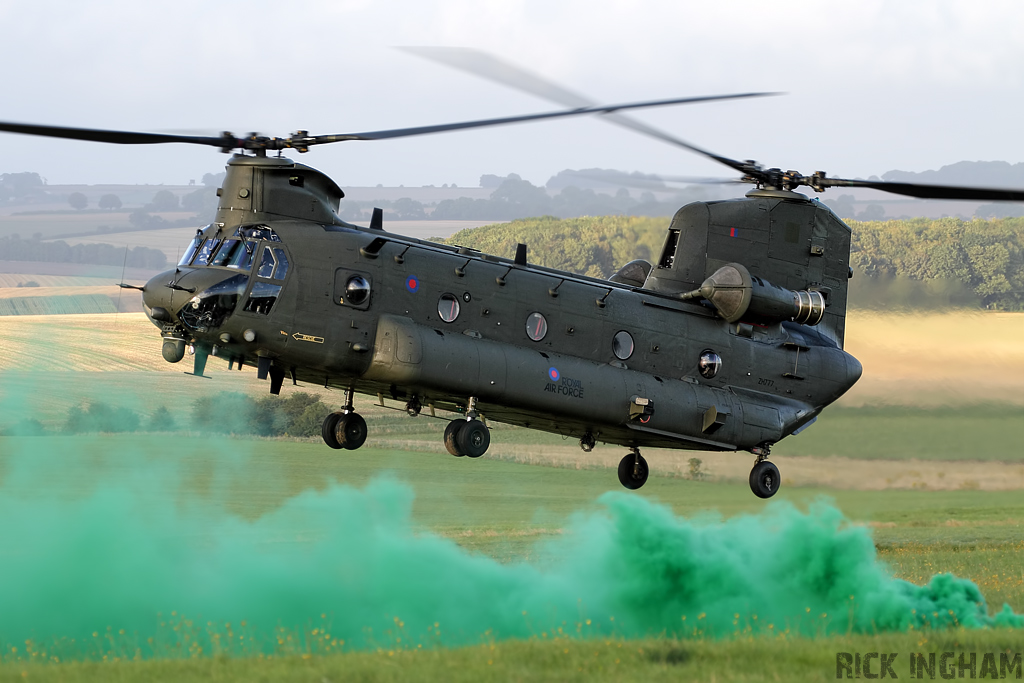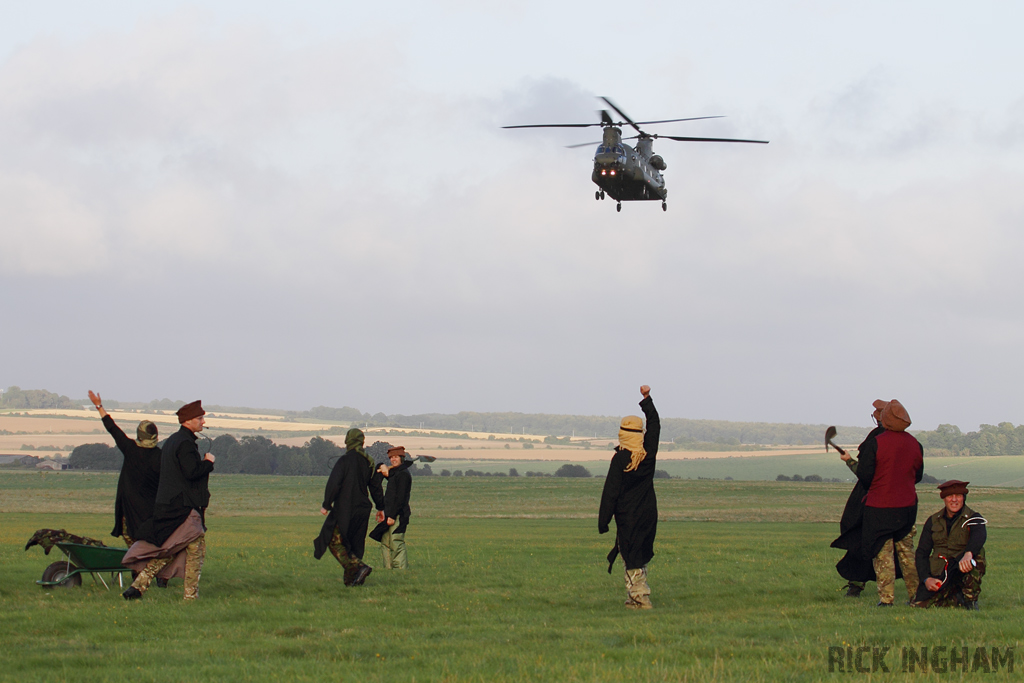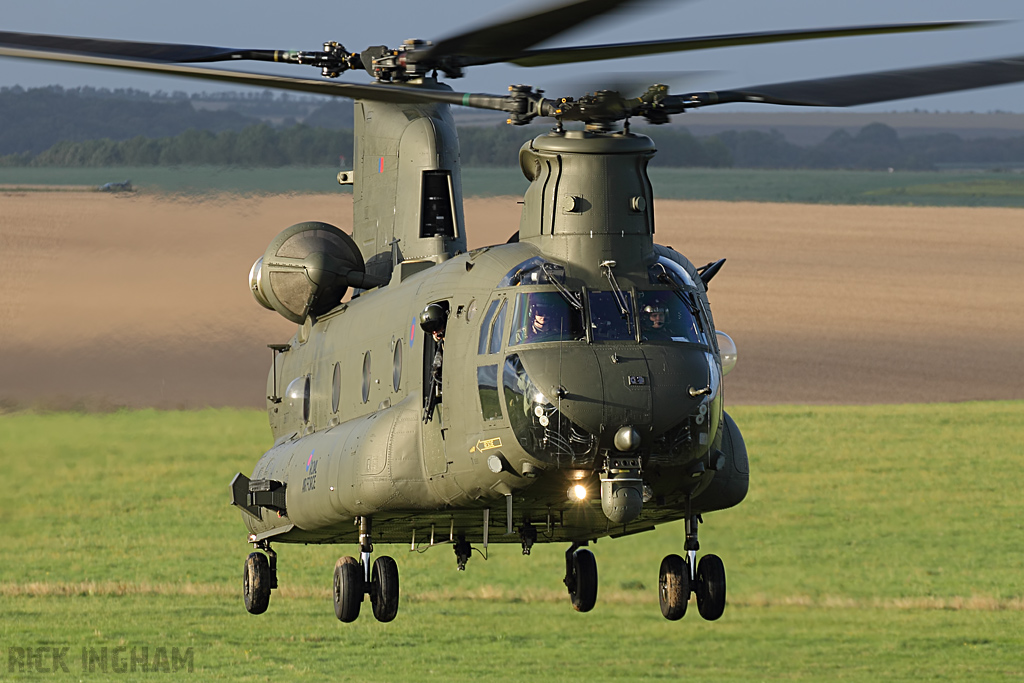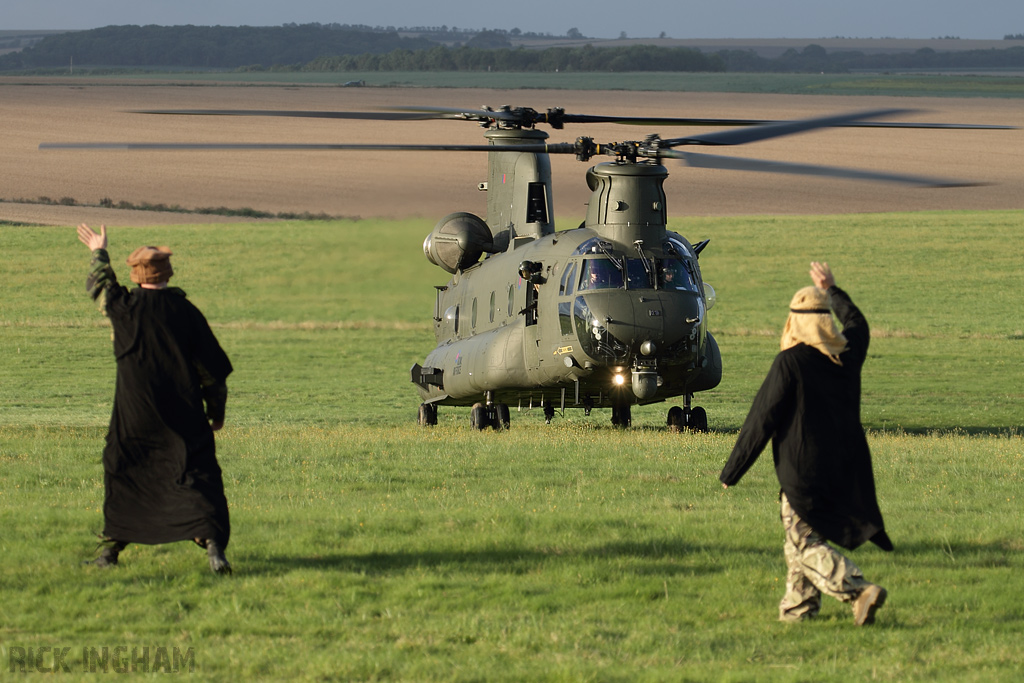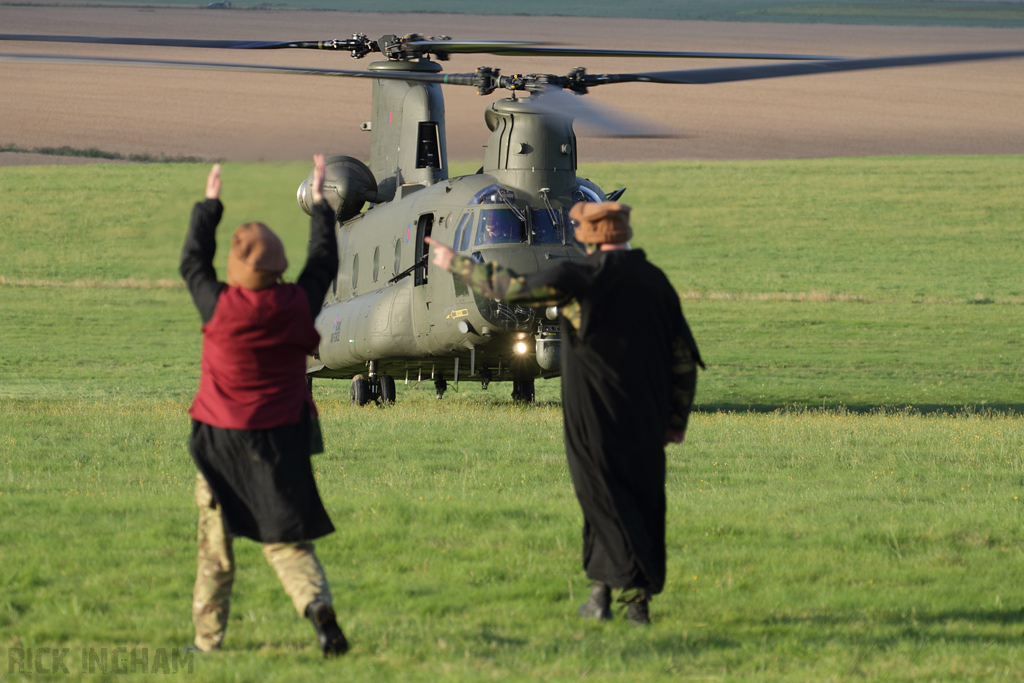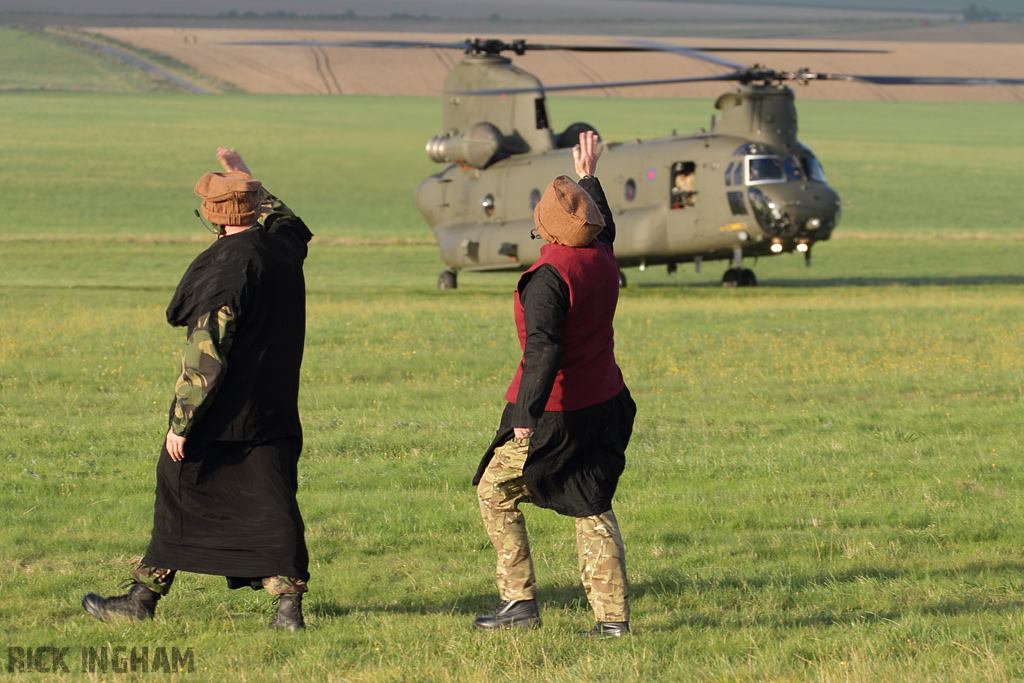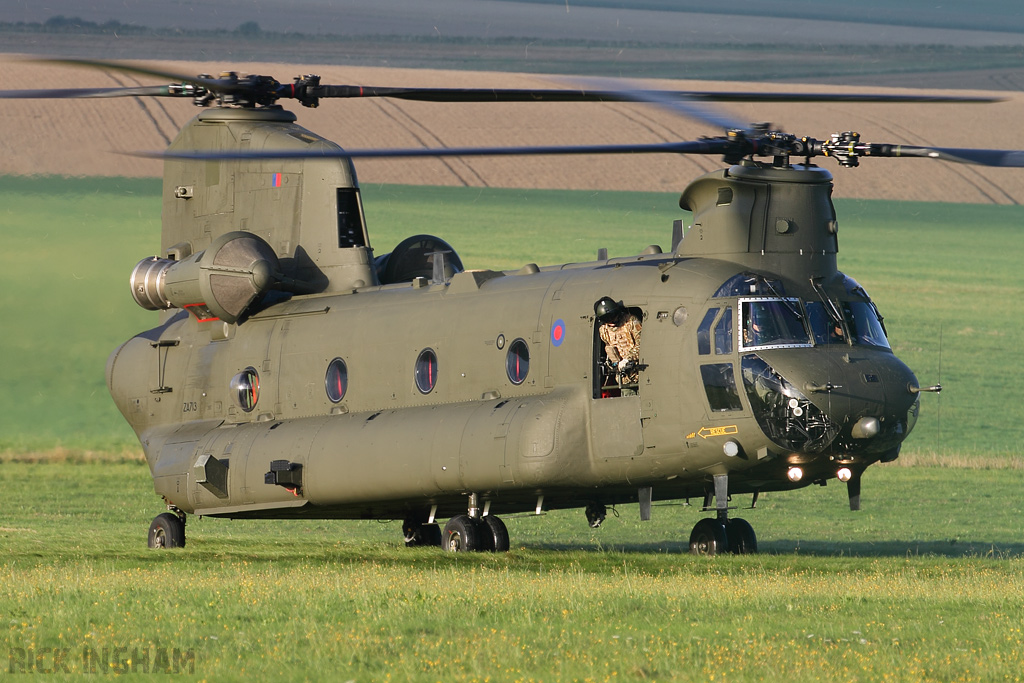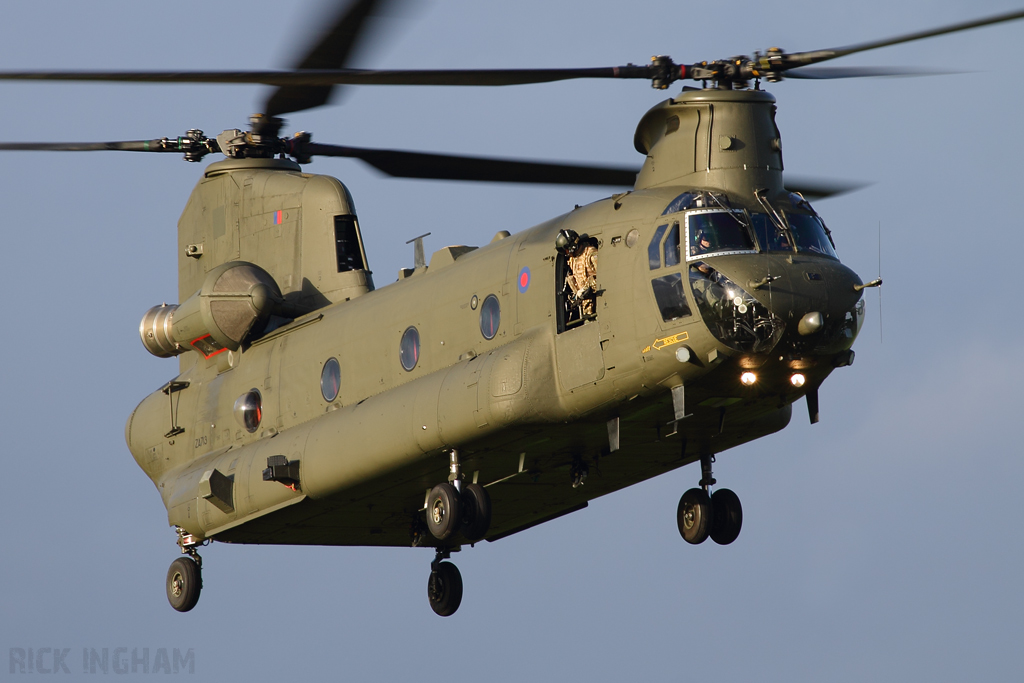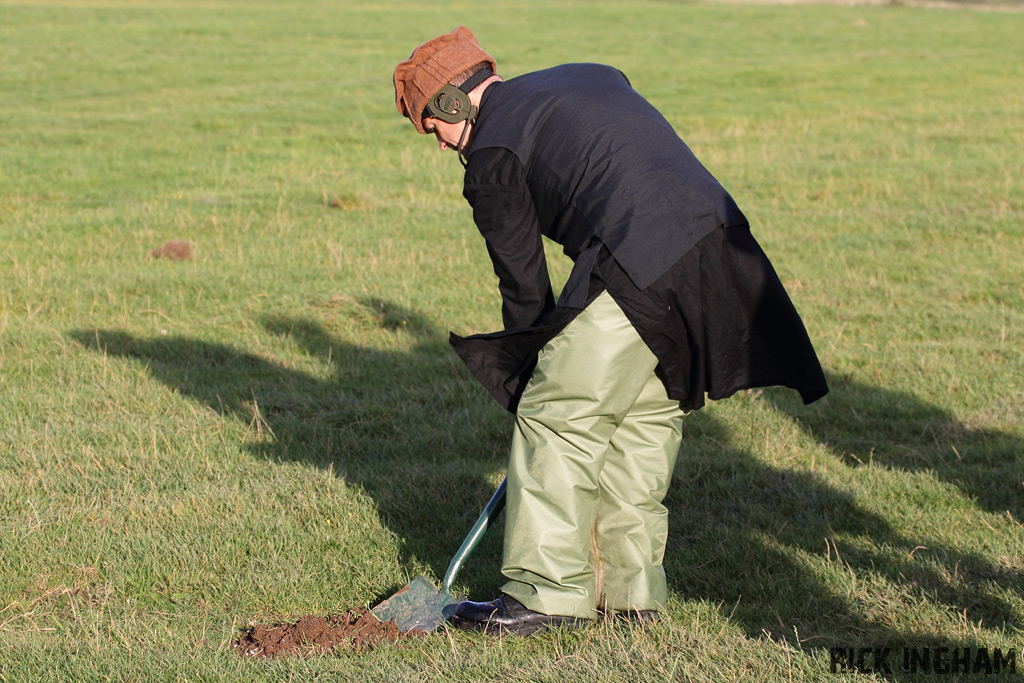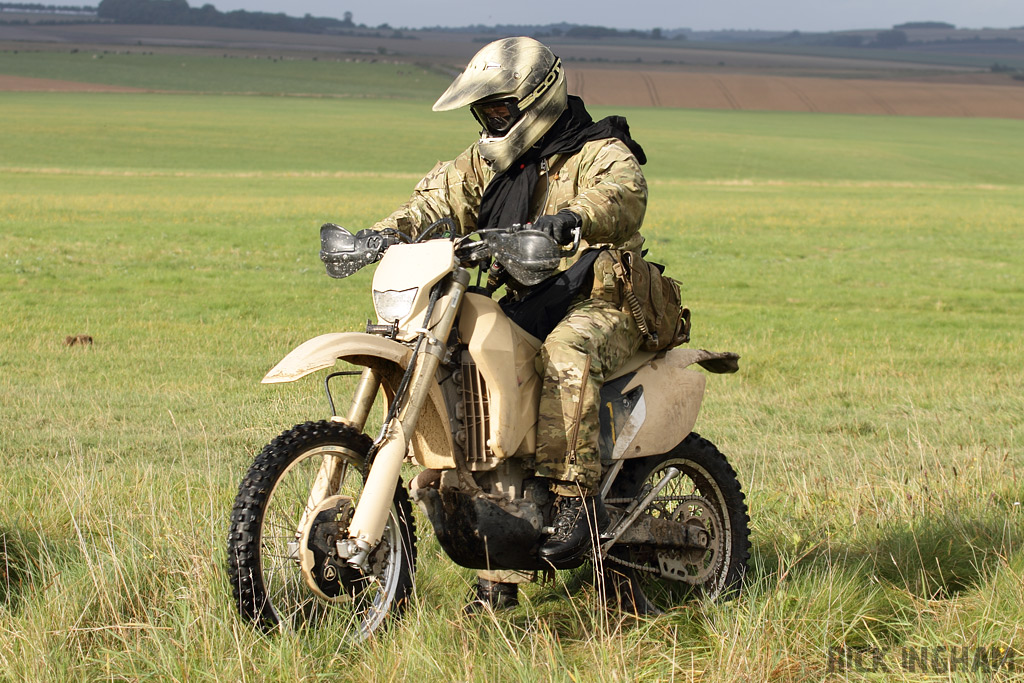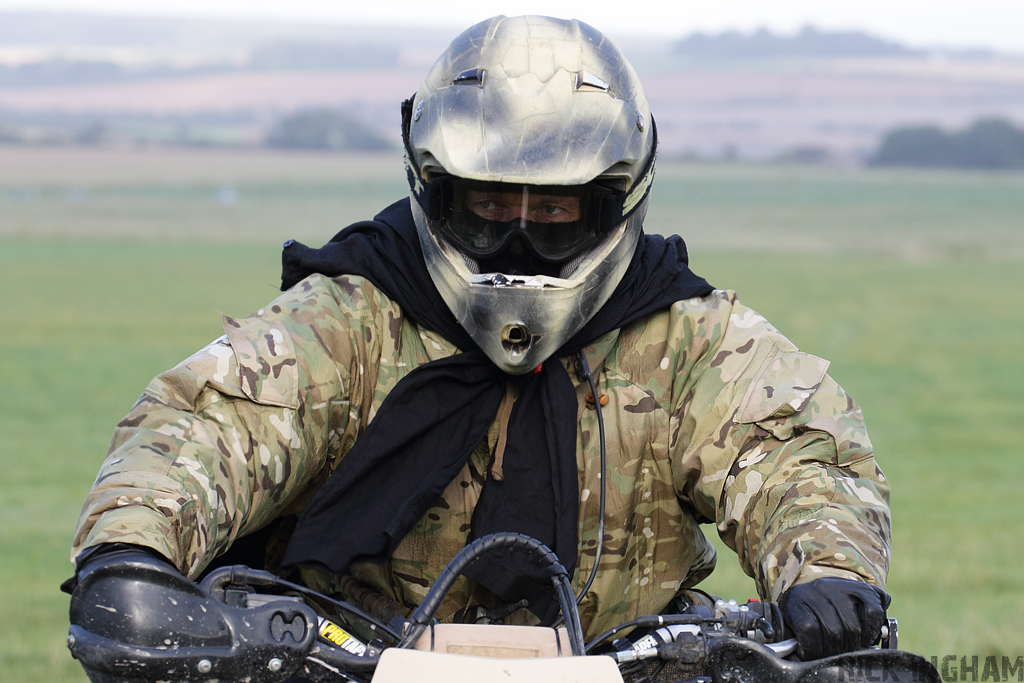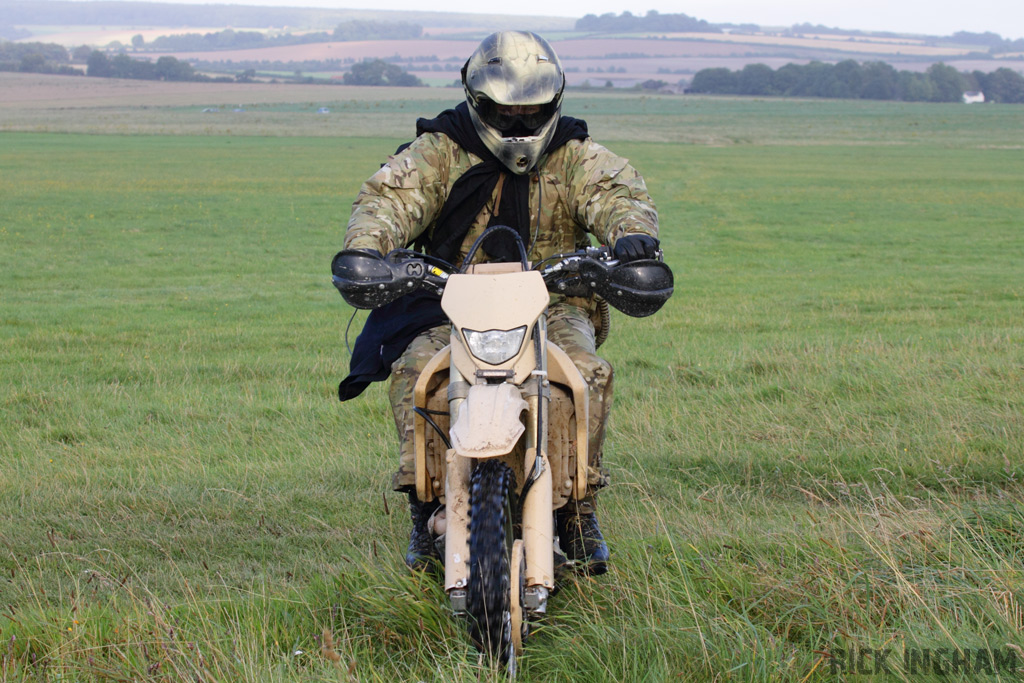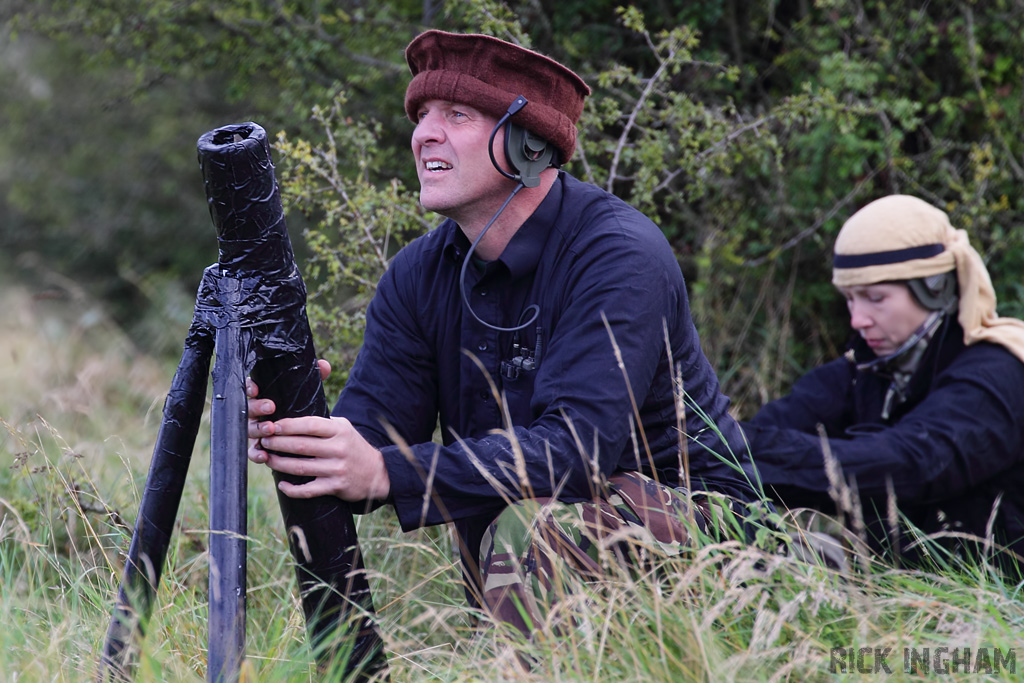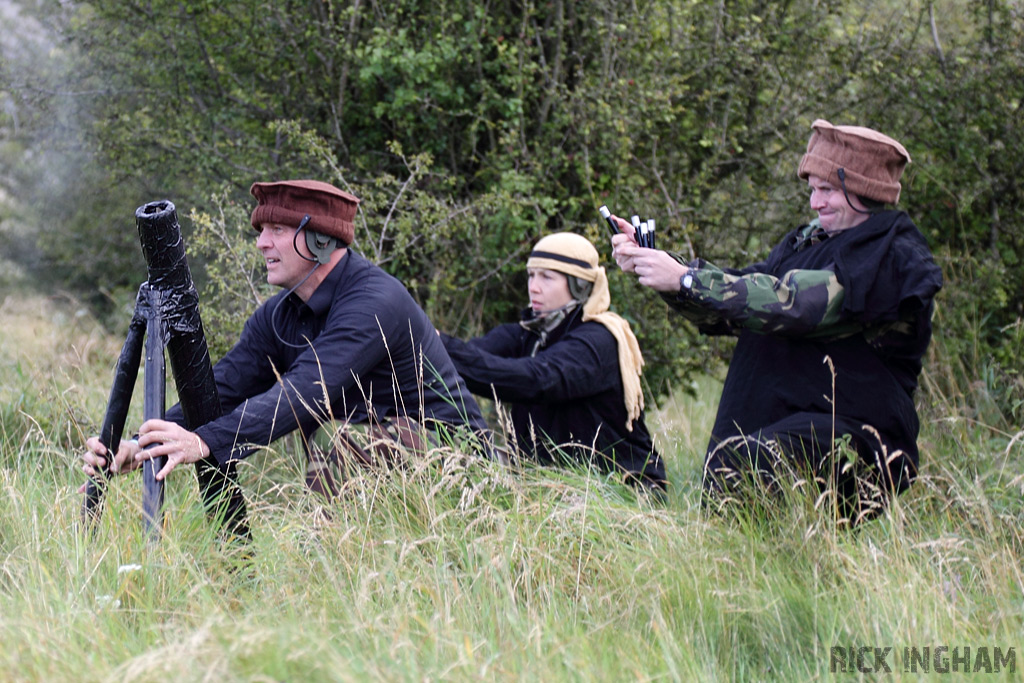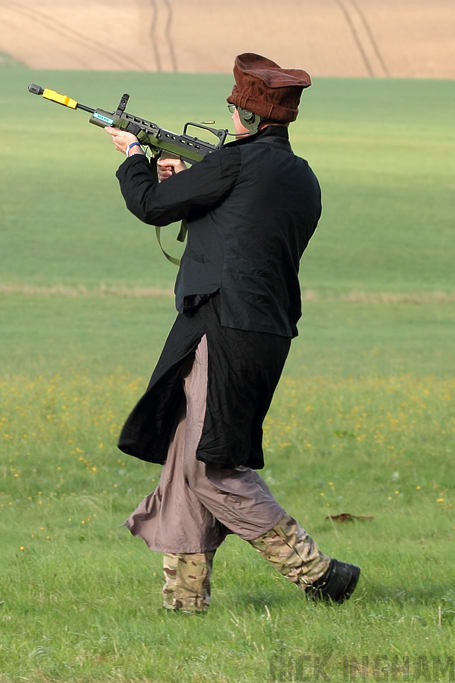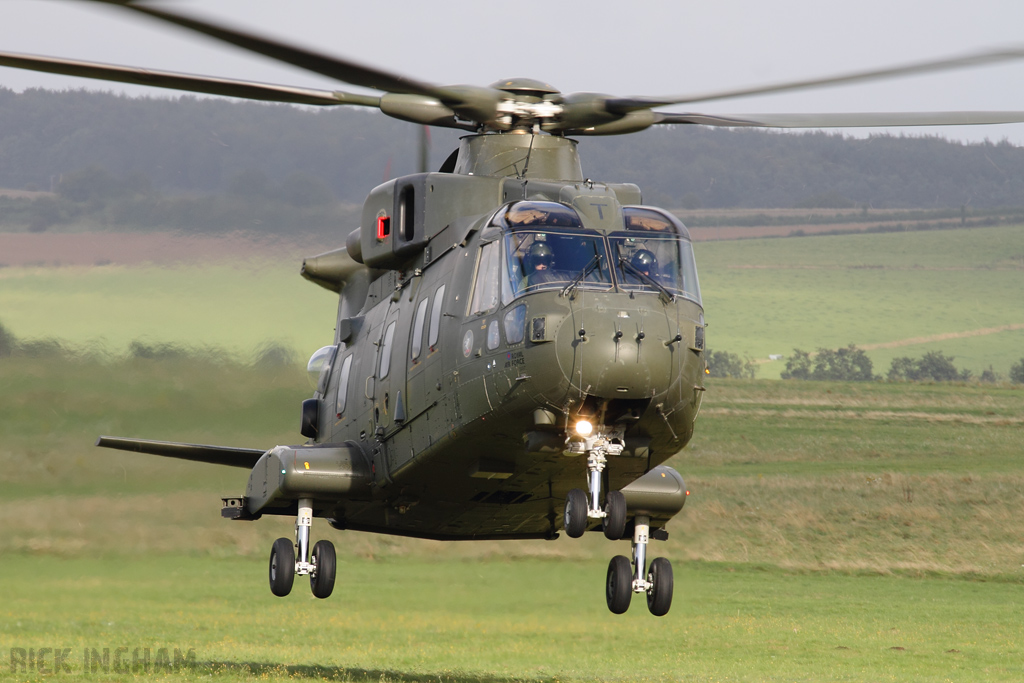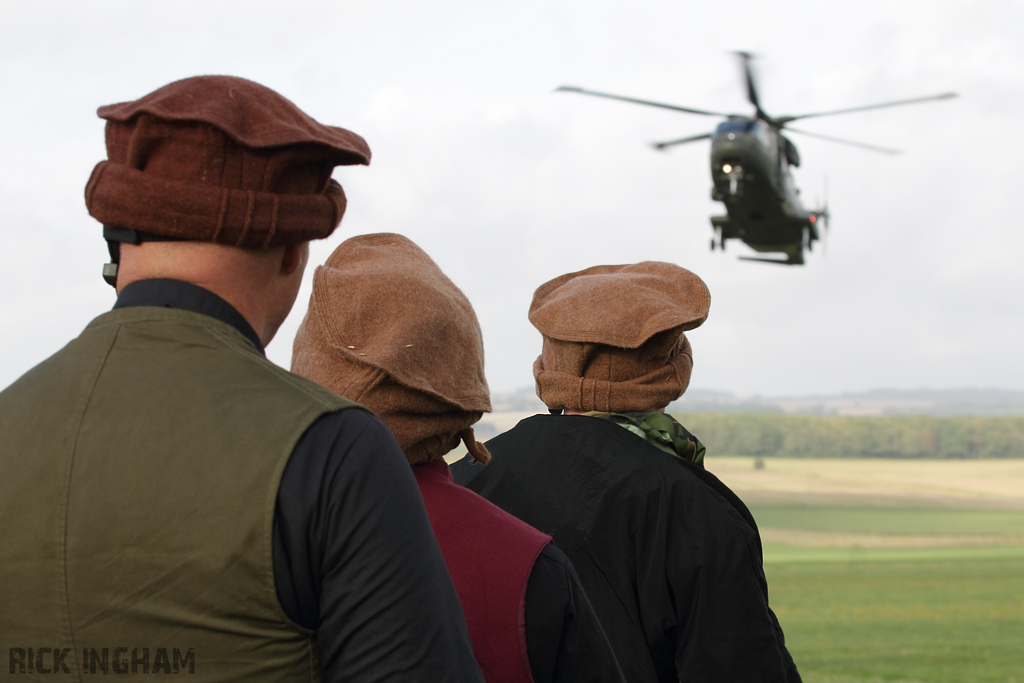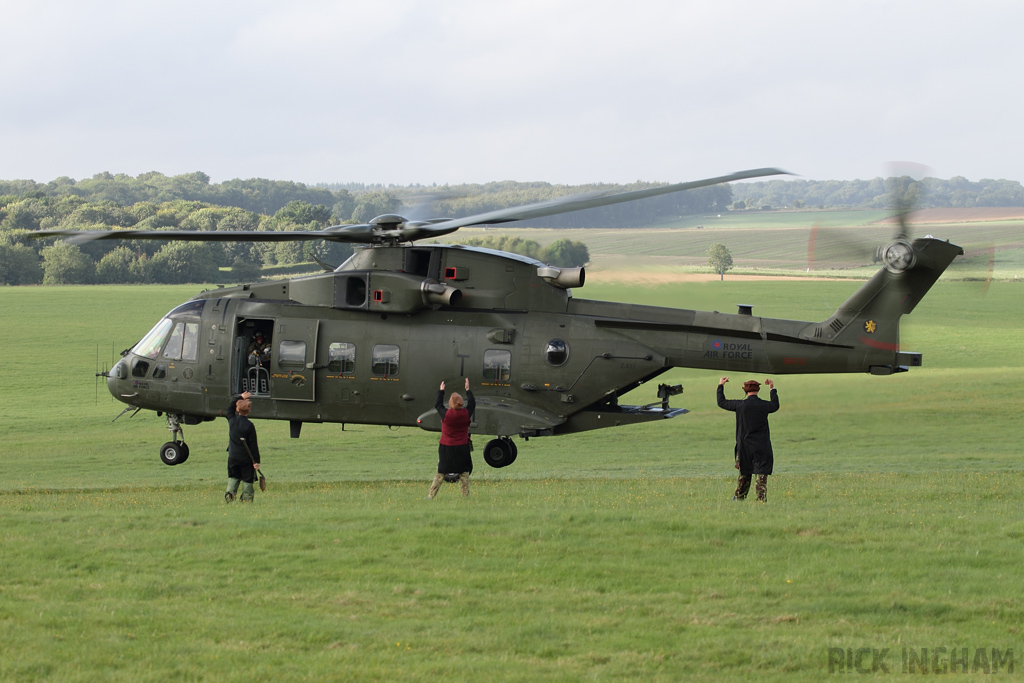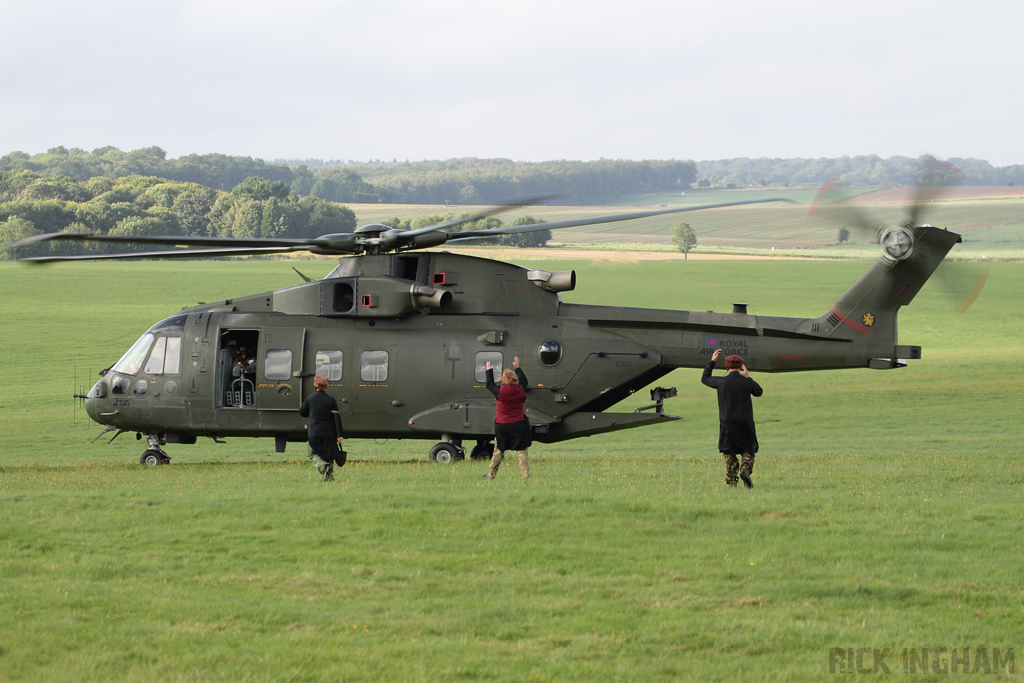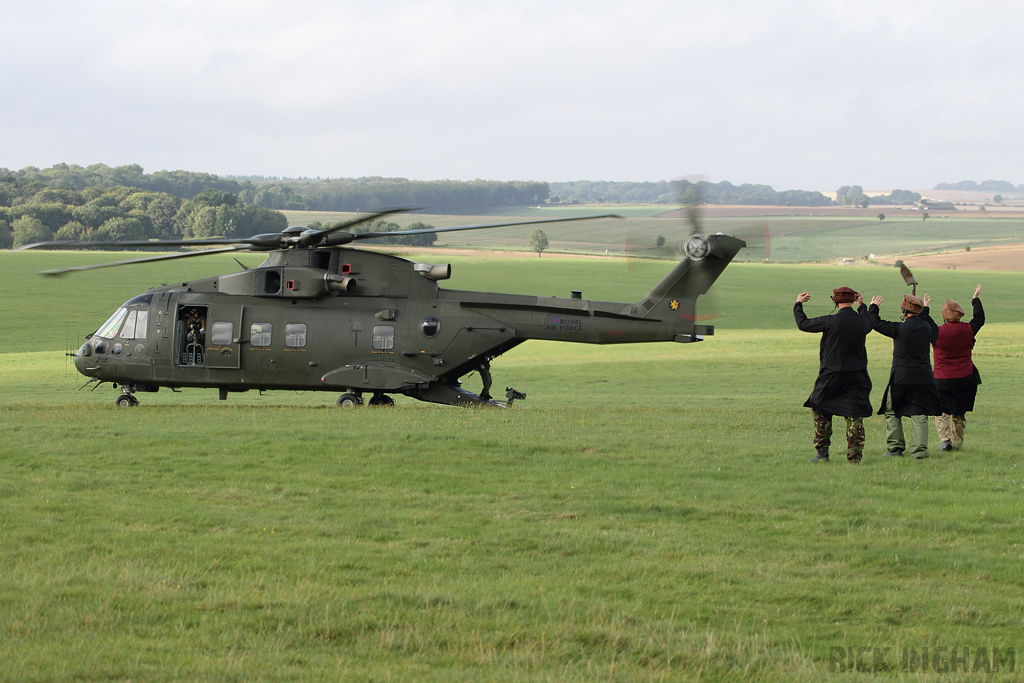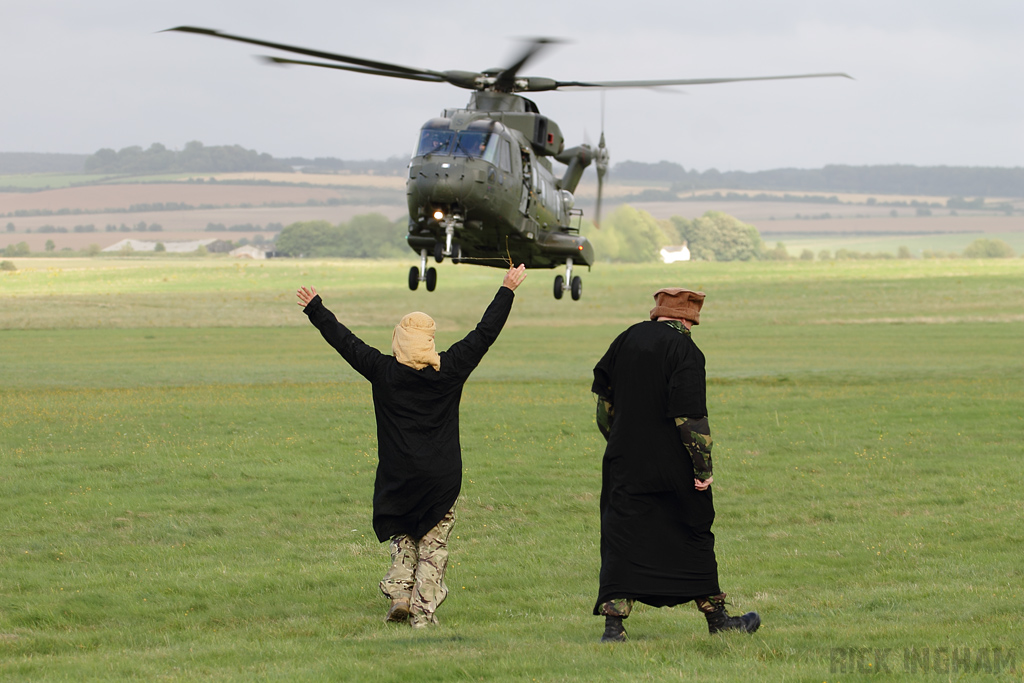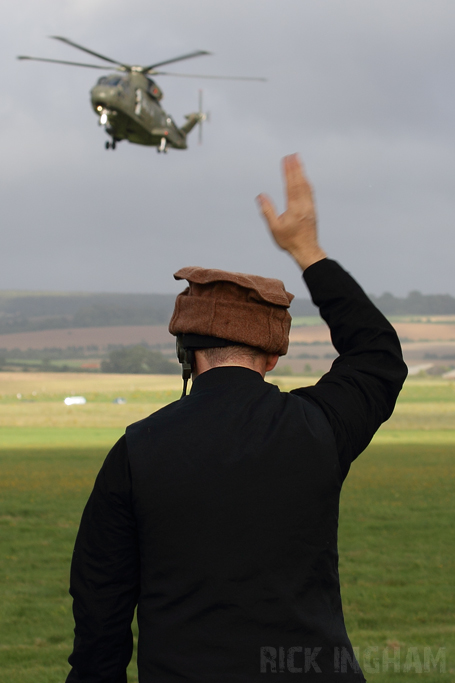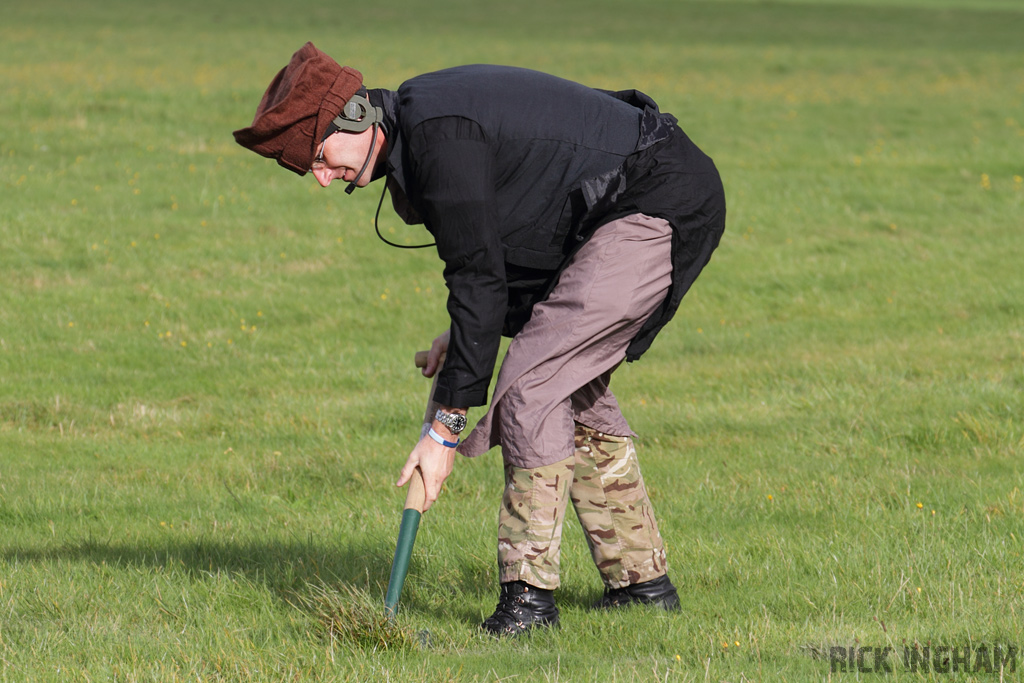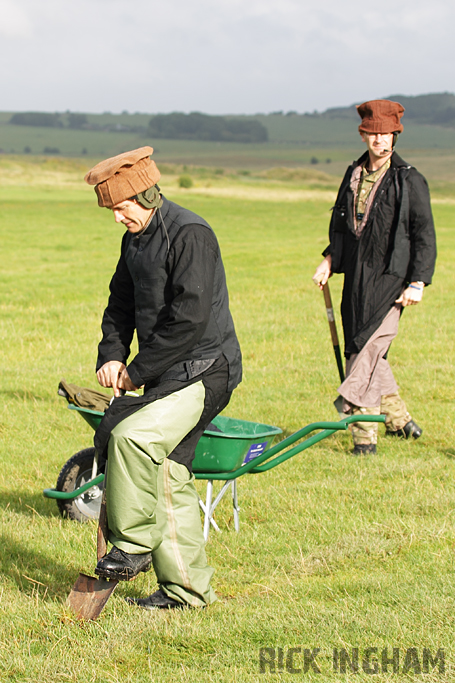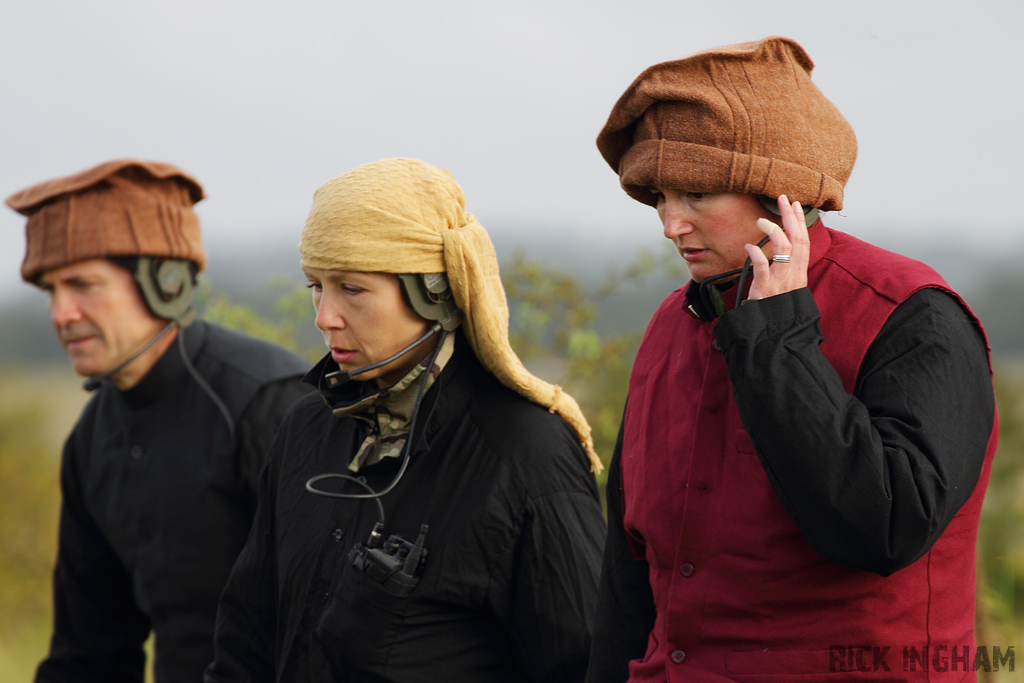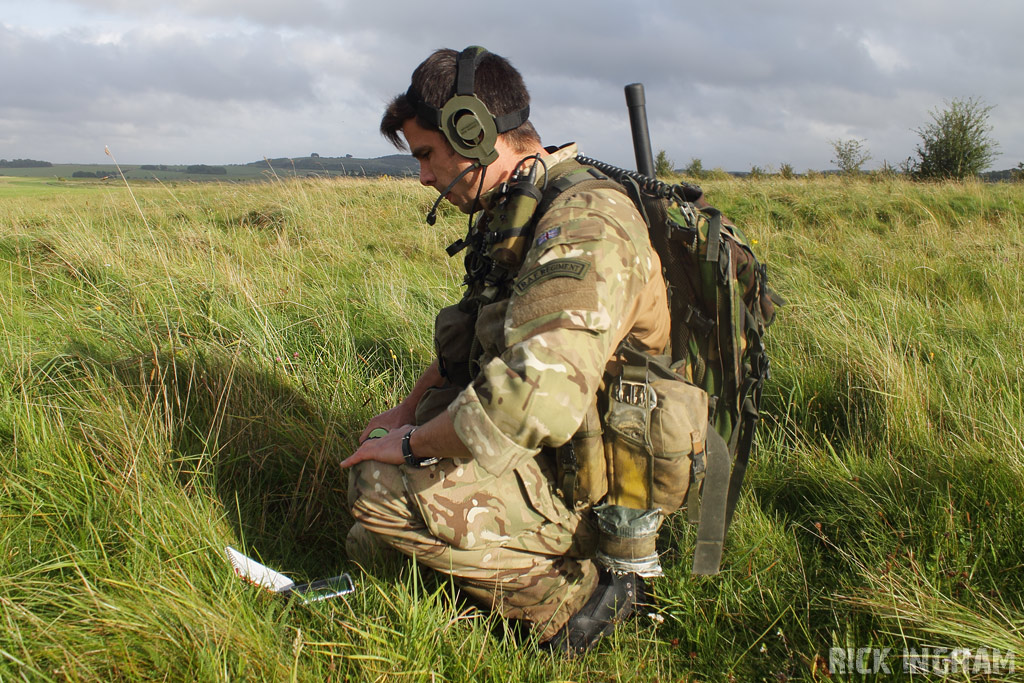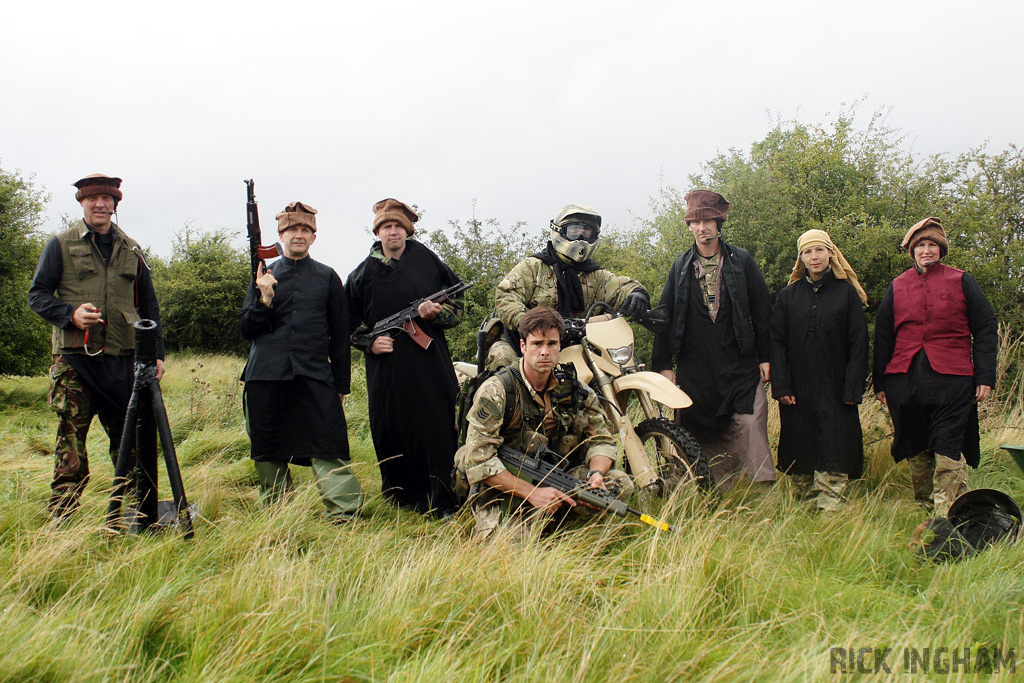Exercise Pashtun Dawn 17 took place between the 14th August and 3rd of September 2012 on Salisbury Plain.
The pre-deployment ex was to prepare 4th Mechanized Brigade for their deployment 'HERRICK 17' in October 2012 to replace 12th Mechanized Brigade on a six-month tour as the lead formation of Task Force Helmand.
Due to the significant progress in the development of the Afghan National Security Forces (ANSF) it will be the first to oversee a drawdown of British troops from Helmand province, with the UK’s military commitment there due to be cut by 500 by the end of the year.
4th Mechanized Brigade, known as ‘The Black Rats’, is based in Catterick but is made up of various units across the UK, including a number of reservists. Brigadier Bob Bruce, Commander 4th Mechanized Brigade, said:
“4th Mechanized Brigade previously deployed to Afghanistan in 2010, but a lot has changed since then. Now we are well down the path of Transition – the hand over of security responsibilities to our Afghan colleagues - and our strategic outlook is very different to what it was two years ago. Notably, we will be the first Task Force to see our numbers reduce during the course of our tour, a big challenge but one we will embrace...We are an experienced and well-balanced Task Force, while based on a regular Army formation we also have a number of regular Royal Navy and RAF service personnel in our ranks, as well as a number of reservists who have readily volunteered their time to accompany us to the front line.”
The Brigade includes units from all regions of the the UK. These include:
1 Battalion Scot Guards (based in Catterick)
1 SCOTS (based in Edinburgh)
Queens Royal Lancers (based in Catterick)
1 LANCS (based in Catterick)
1 RGR are based in Folkestone but recruit from Nepal.
Royal Dragoon Guards (based in Catterick)
40 Commando Royal Marines are based in Taunton but recruit across the UK
1 MERCIAN (based in Catterick)
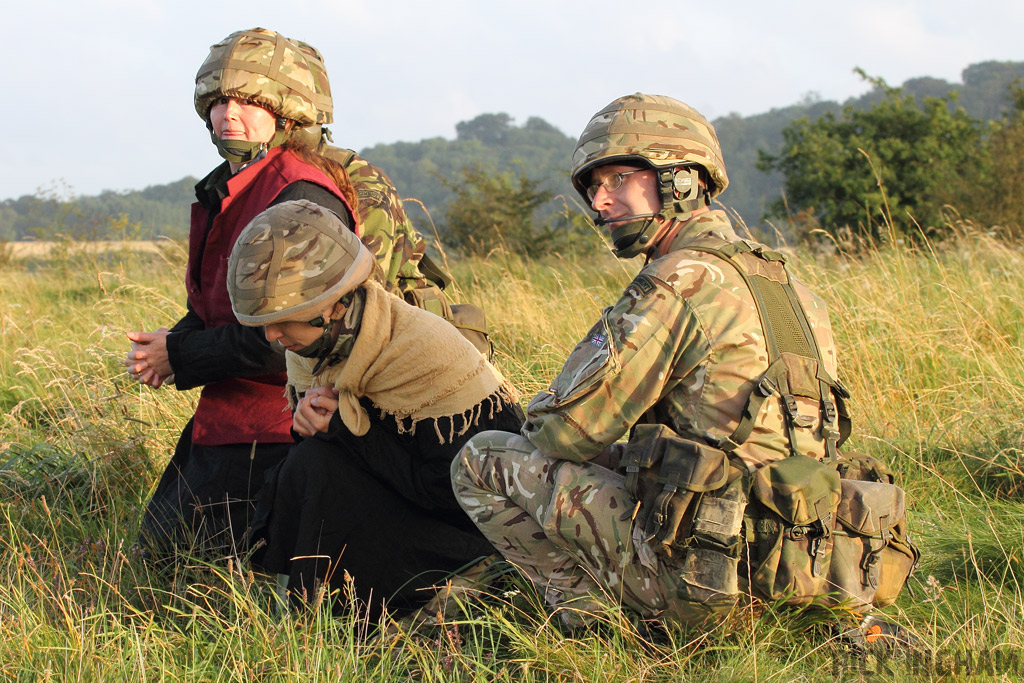
Reserves are currently, and will remain, an essential part of our Armed Forces. Since 2003 there have been over 25,000 reservist mobilisations and 29 reservists have paid the ultimate price for their country. Their dedication, professionalism and contribution has been vital to achieving success on operations.
The MOD is investing £1.8 billion over 10 years to enhance the capability and strength of the Reserve Forces. In autumn a consultation will be carried out that will look at how a new relationship can be created between the Armed Forces, individual Reservists and employers.
The Black Rats will be working in support of the Afghan Army's 3/215 Brigade and The Afghan National Police in their mission to bring security and stability to a region that has known years of unrest.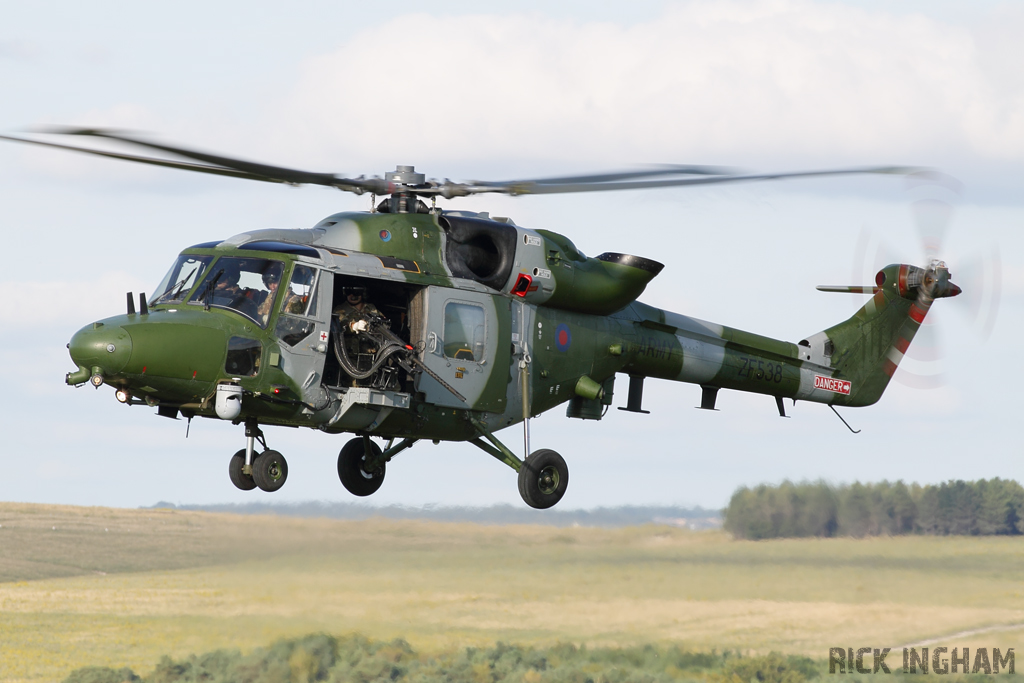
Exercise Pashtun Dawn 17 is a pre-deployment training exercise which brings together around 6000 troops and 300 vehicles to re-create a region of Afghanistan where various units can practice their trade and learn to integrate together towards a specific objective.
The exercise is held every 6 months for personnel to train up prior to their tour. Pashtun Dawn has evolved over the last few years and now has a complex structure which focuses on Mission Specific Training (MST).
Tailor made scenarios are staged to create a situation that may be found whilst deployed in Afghanistan, such as IED bombs, civilian unrest, medical emergencies and even uncooperative local Afghan forces.
For the ground element of the exercise, known as Pashtun Dawn, there are very realistic Forward Operating Bases (FOB's) dotted around Salisbury Plain. These are complimented by Patrol Bases (PB's), Check Points (CP's) and villages.
Each location is ran the way it would be in Afghanistan such as Check Points being manned by the Afghan National Army (ANA).
Exercise Pashtun Jaguar is the aviation element of the exercise. Three Chinook, two Merlin and 3 Lynx supported Jaguar with 2 Apaches during FTX-1 and 6 for FTX-2 on their own parallel exercise 'Pashtun Scribe'.
The Chinook and Merlin aircraft provided the Support/Battlefield helicopter capabilities such as troop moves, CASEVAC's and under-slung load movements. The Three Lynx AH.9A's are used for battle-field monitoring such as protecting vehicle convoys and ISTAR (Intelligence, Surveillance and Target Acquisition and Reconnaissance) including searching for Improvised Explosive Devices (IED's).
In December 2008, AgustaWestland were awarded a £50 million Urgent Operational Requirement (UOR) contract to upgrade the Army Air Corps' Lynx AH.9 helicopters to enable them to operate in Afghanistan all year round. At the time the Lynx was only able to operate in the winter months as the hot and high conditions meant the engine didn't have sufficient power to lift much weight. The upgraded AH.9 'Alpha' has been fitted with the new Wildcat helicopter's engine, the CTS800-4N. This has given the Lynx a 37% increase in power. The second stage of the UOR was to fit the AH.9A with a M3M 0.50 calibre machine gun which replaced the 7.62mm machine gun. Previously, it was a choice between carrying the 7.62mm gun or an MX-15 camera. The new AH.9A has been able to carry both weapon and camera thanks to the new Wescam MX-10. This is the latest ISTAR camera which is an improvement on the MX-15 and is much smaller. This enables an ammunition pack to be carried in the cabin for the gun.
Due to the large scale of Pashtun Dawn, it's hard to remember that this is just preparation for Operation Herrick 17.
In October, 1,138 individuals will deploy to Afghanistan which will be made up of 168 Royal Navy personnel, 344 Army personnel and 626 Royal Air Force personnel.
Around 575 Volunteer and ex-Regular members of the Reserve Forces will continue to deploy to Afghanistan as part of this integrated force package. The largest number of reservists to deploy yet.
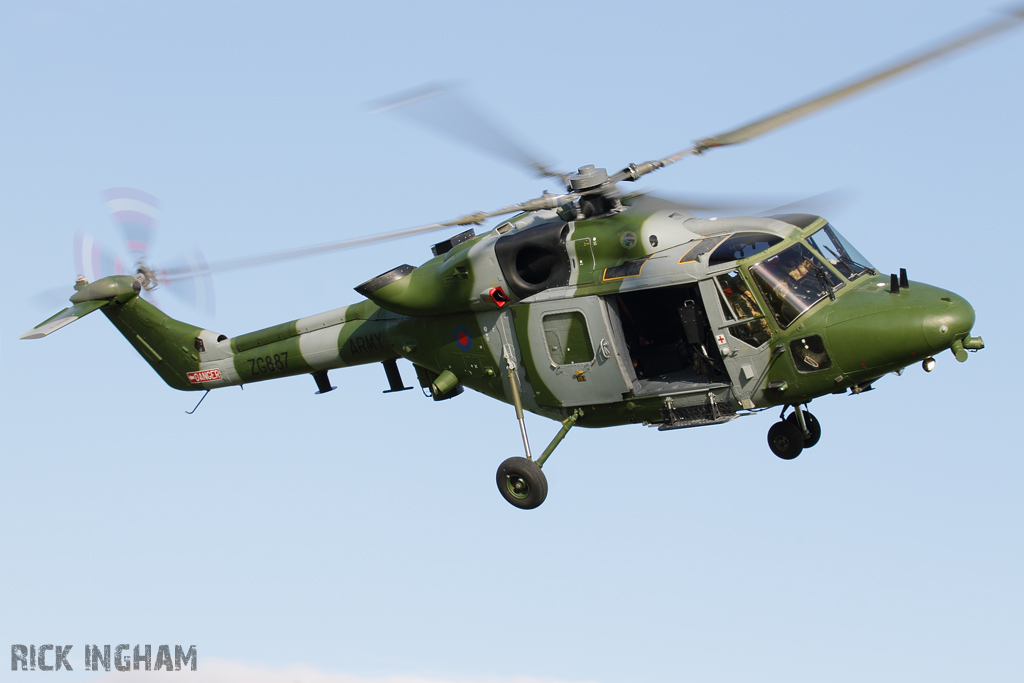
The units heading out on Herrick 17 are:
4th Mechanized Brigade Headquarters and Signal Squadron (204)
Headquarters 104 Logistic Support Brigade
40 Commando Royal Marines
Elements of 847 Naval Air Squadron
857 Naval Air Squadron
The Royal Dragoon Guards
The Queen's Royal Lancers
4th Regiment Royal Artillery
Elements of 5th Regiment Royal Artillery
Elements of 16th Regiment Royal Artillery
Elements of 32nd Regiment Royal Artillery
Elements of 39th Regiment Royal Artillery
21 Engineer Regiment
Elements of 28 Engineer Regiment
Elements of 36 Engineer Regiment (Search)
Elements of 42 Engineer Regiment (Geographic)
Elements of 101 (City of London) Engineer Regiment (Explosive Ordnance Disposal)
Elements of 170 (Infrastructure Support) Engineer Group
2nd Signal Regiment
Elements of 10th Signal Regiment
Elements of 14th Signal Regiment (Electronic Warfare)
Elements of 15th Signal Regiment (Information Support)
Elements of 21st Signal Regiment (Air Support)
1st Battalion Scots Guards
1st Battalion The Royal Regiment of Scotland
1st Battalion The Duke of Lancaster's Regiment
1st Battalion The Mercian Regiment
1st Battalion The Royal Gurkha Rifles
Elements of 1 Regiment Army Air Corps
Elements of 3 Regiment Army Air Corps
7 Regiment, The Royal Logistic Corps
Elements of 6 Regiment, The Royal Logistic Corps
12 Logistic Support Regiment, The Royal Logistic Corps
Elements of 9 Regiment, The Royal Logistic Corps
Elements of 11 Explosive Ordnance Disposal Regiment, The Royal Logistic Corps
Elements of 17 Port and Maritime Regiment, The Royal Logistic Corps
Elements of 23 Pioneer Regiment, The Royal Logistic Corps
Elements of 29 Regiment, The Royal Logistic Corps
3 Medical Regiment
1st Close Support Battalion Royal Electrical and Mechanical Engineers
Elements of 7 Air Assault Battalion Royal Electrical and Mechanical Engineers
Elements of 101 Force Support Battalion Royal Electrical and Mechanical Engineers
150 Provost Company Royal Military Police
Elements of 101 Provost Company Royal Military Police
Elements of Special Investigations Branch (United Kingdom)
Elements of The Military Provost Staff
Elements of 1st Military Working Dog Regiment
Elements of 1 Military Intelligence Battalion
Elements of 2 Military Intelligence (Exploitation) Battalion
Elements of 4 Military Intelligence Battalion
Elements of The Military Stabilisation and Support Group
Elements of 15 Psychological Operations Group
Elements of The Defence Cultural Specialist Unit
Elements of The Honourable Artillery Company
Elements of The Royal Mercian and Lancastrian Yeomanry
Elements of 101 Regiment Royal Artillery (Volunteers)
Elements of 75 Engineer Regiment (Volunteers)
Elements of 32nd Signal Regiment (Volunteers)
Elements of 6th Battalion The Royal Regiment of Scotland
Elements of 3rd Battalion The Princess of Wales's Royal Regiment
Elements of 4th Battalion The Duke of Lancaster's Regiment
Elements of 4th Battalion The Mercian Regiment
Elements of The London Regiment
Elements of 148 Expeditionary Force Institute Squadron, The Royal Logistic Corps (Volunteers)
Elements of 150 (Yorkshire) Transport Regiment (Volunteers), The Royal Logistic Corps
Elements of 159 Supply Regiment (Volunteers), The Royal Logistic Corps
Elements of 204 (Northern Irish) Field Hospital (Volunteers)
Elements of 243 (Wessex) Field Hospital (Volunteers)
Elements of 102 Battalion Royal Electrical and Mechanical Engineers (Volunteers)
Elements of 103 Battalion Royal Electrical and Mechanical Engineers (Volunteers)
Elements of 5th Regiment Royal Military Police
2 (Army Co-operation) Squadron, Royal Air Force
31 Squadron, Royal Air Force
9 (Bomber) Squadron, Royal Air Force
15 Squadron Royal Air Force Regiment
Number 7 Force Protection Wing Headquarters, Royal Air Force
Number 2 Tactical Police Squadron, Royal Air Force
Elements of 47 Squadron, Royal Air Force
Elements of 30 Squadron, Royal Air Force
Elements of 5 (Army Co-operation) Squadron, Royal Air Force
Elements of 32 (The Royal) Squadron, Royal Air Force
Elements of 28 Squadron, Royal Air Force
Elements of 216 Squadron, Royal Air Force
Elements of 39 Squadron, Royal Air Force
Elements of 27 Squadron, Royal Air Force
Elements of 18 Squadron, Royal Air Force
Elements of 99 Squadron, Royal Air Force
Elements of 78 Squadron, Royal Air Force
Elements of 90 Signals Unit, Royal Air Force
Elements of 1 Air Control Centre, Royal Air Force
Elements of 33 (Engineering) Squadron, Royal Air Force
Elements of Tactical Supply Wing, Royal Air Force
Elements of 1 Air Mobility Wing, Royal Air Force
Elements of Tactical Medical Wing, Royal Air Force
Elements of 2 (Mechanical Transport) Squadron, Royal Air Force
Elements of 93 (Expeditionary Armaments) Squadron, Royal Air Force
Elements of Engineering and Logistics Wing, Royal Air Force Odiham

